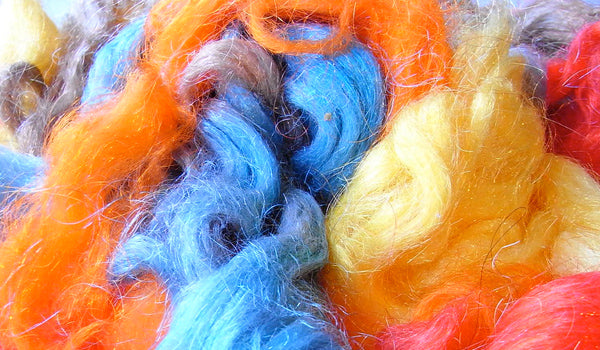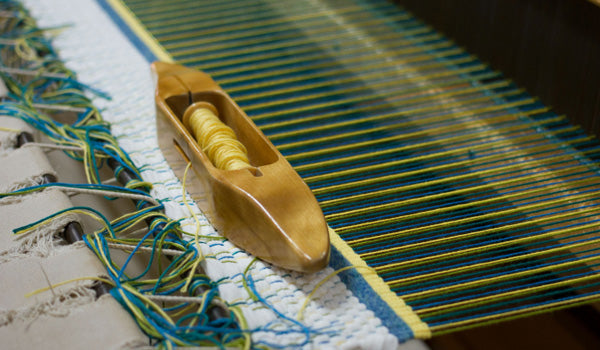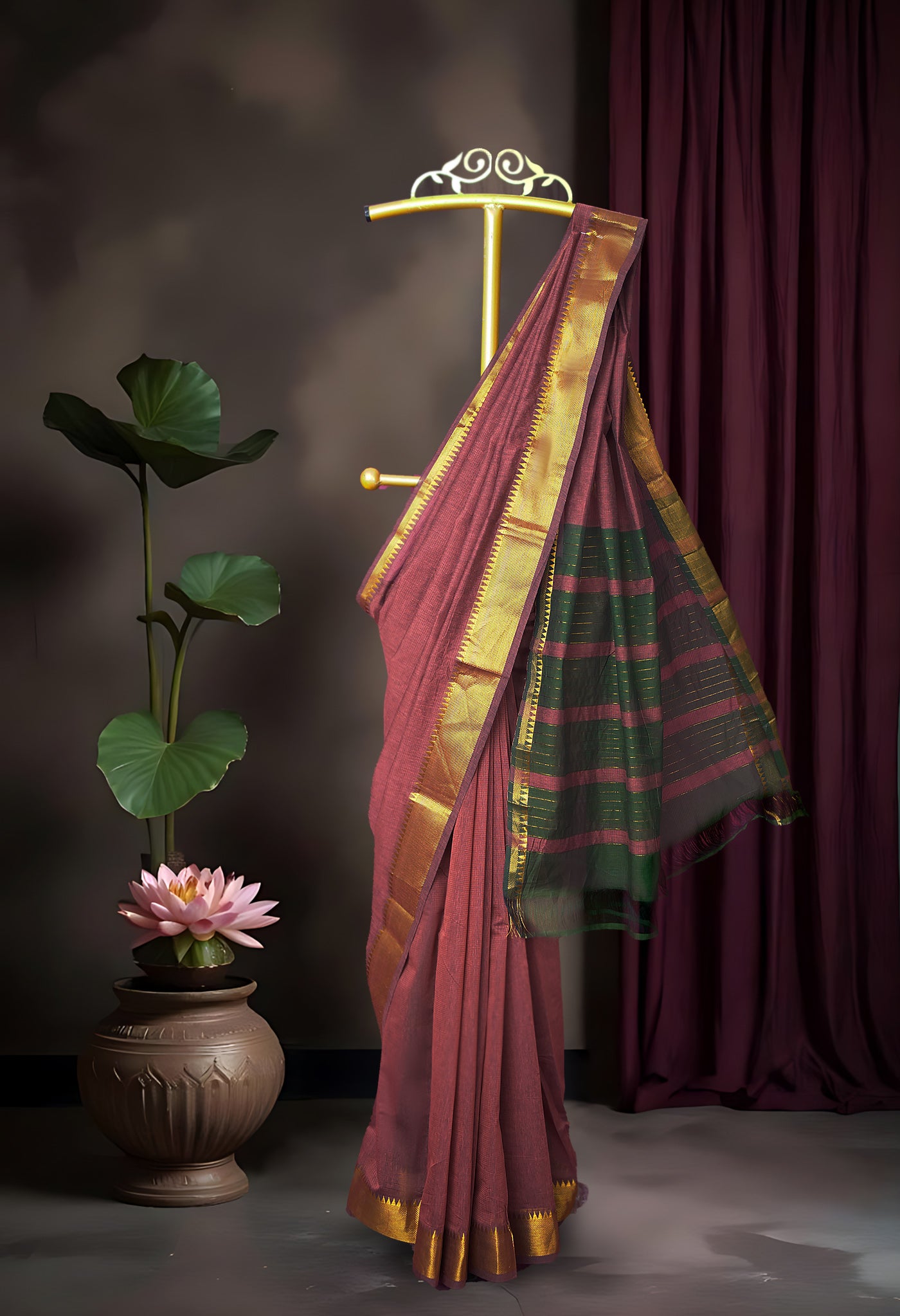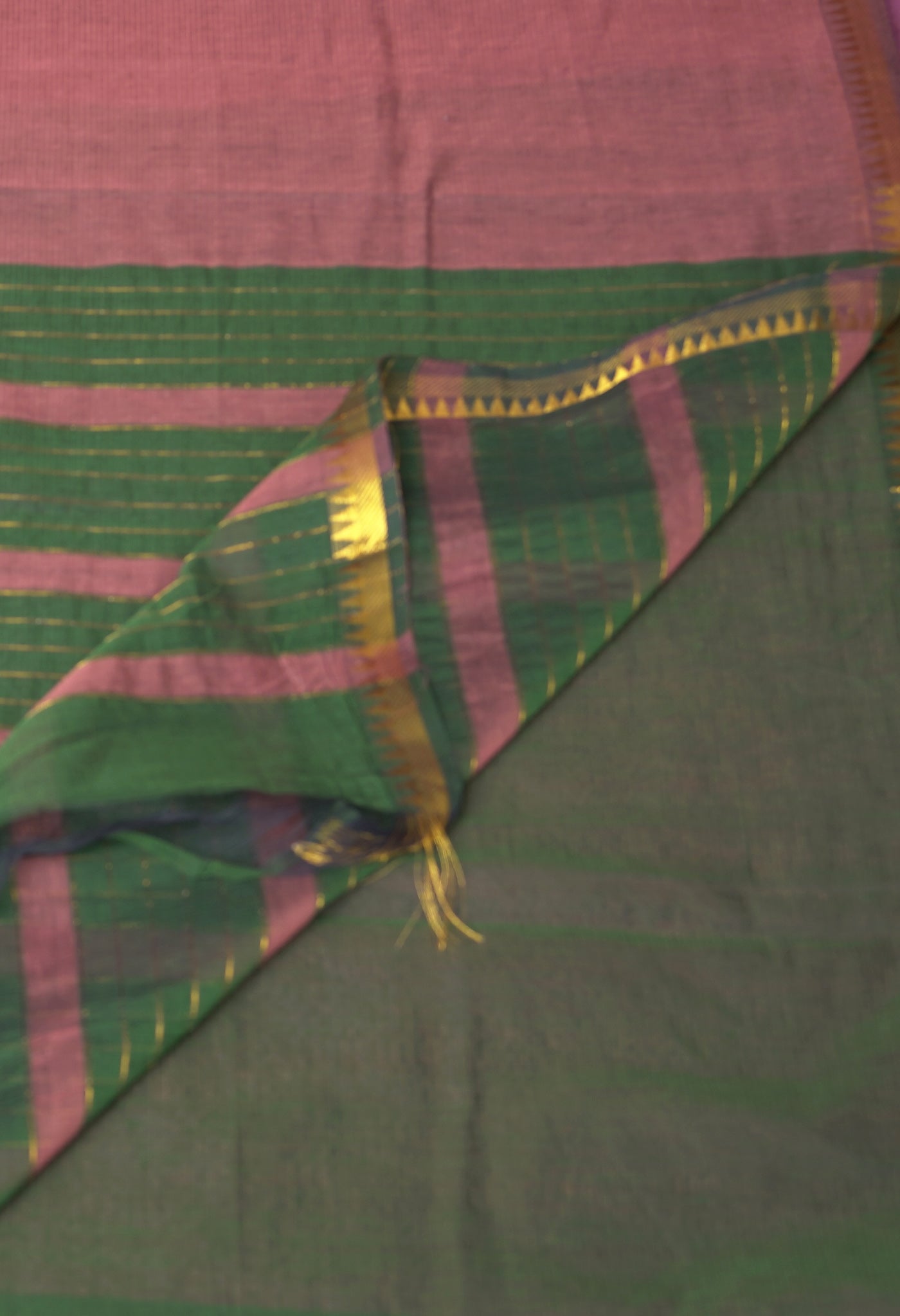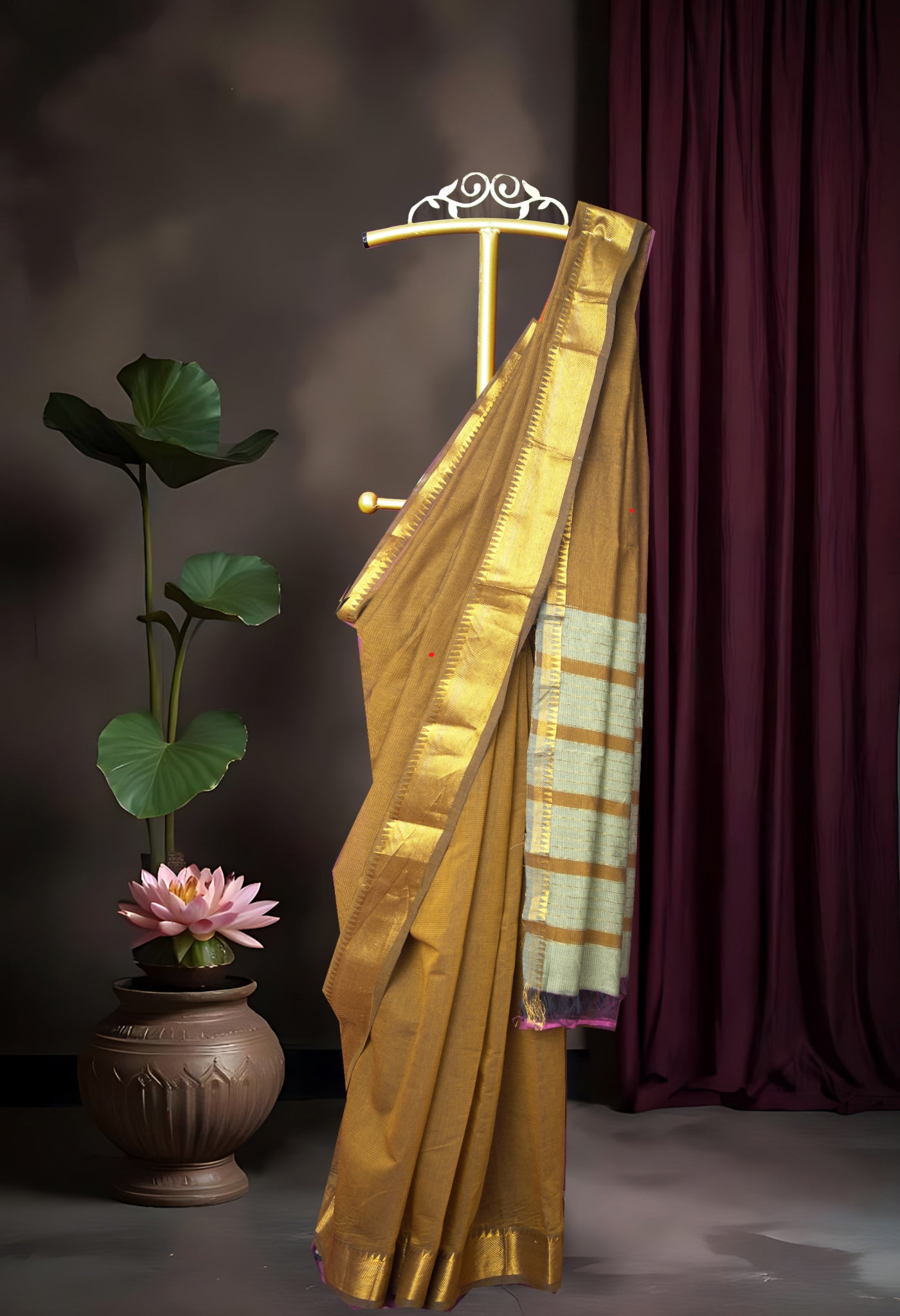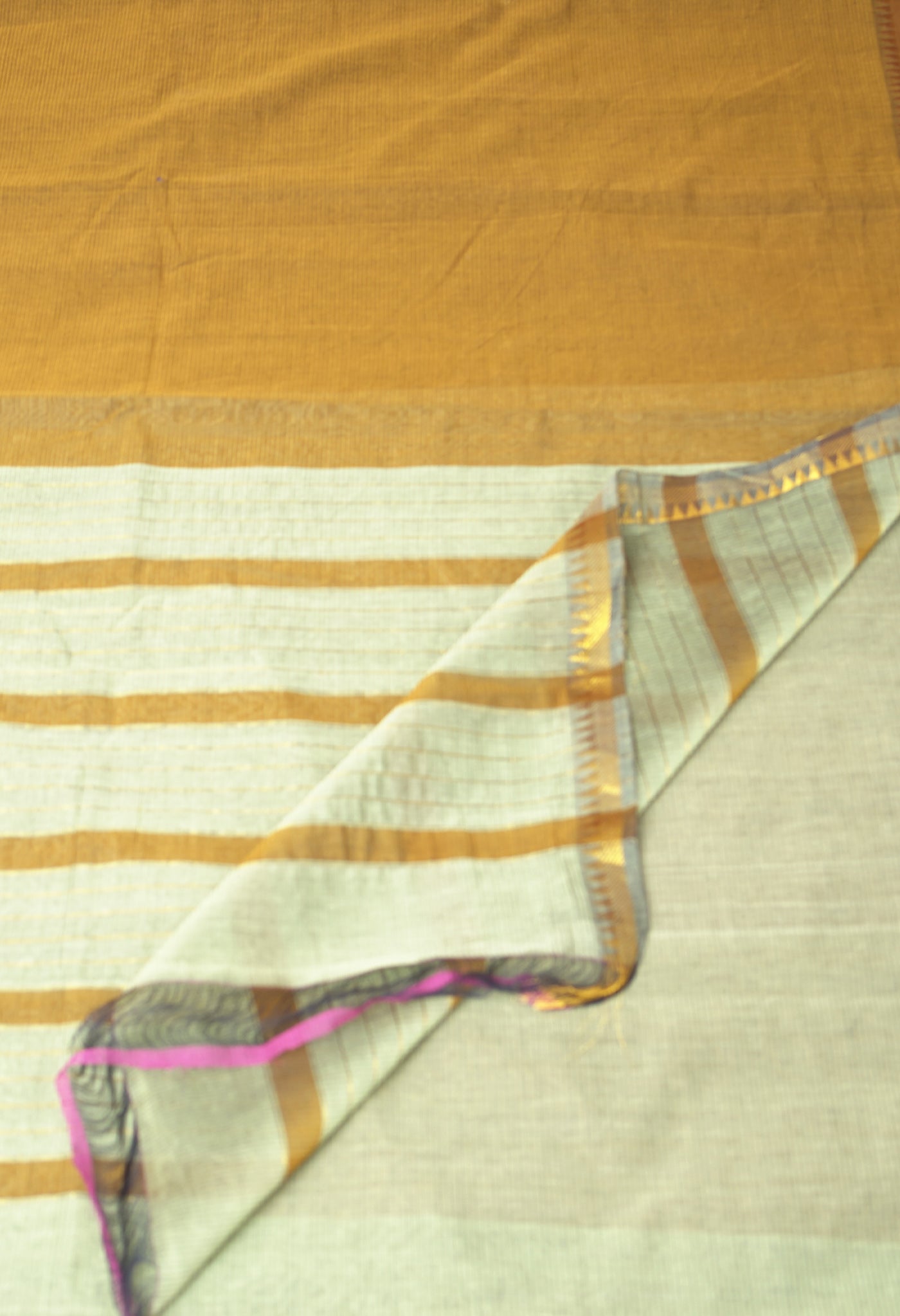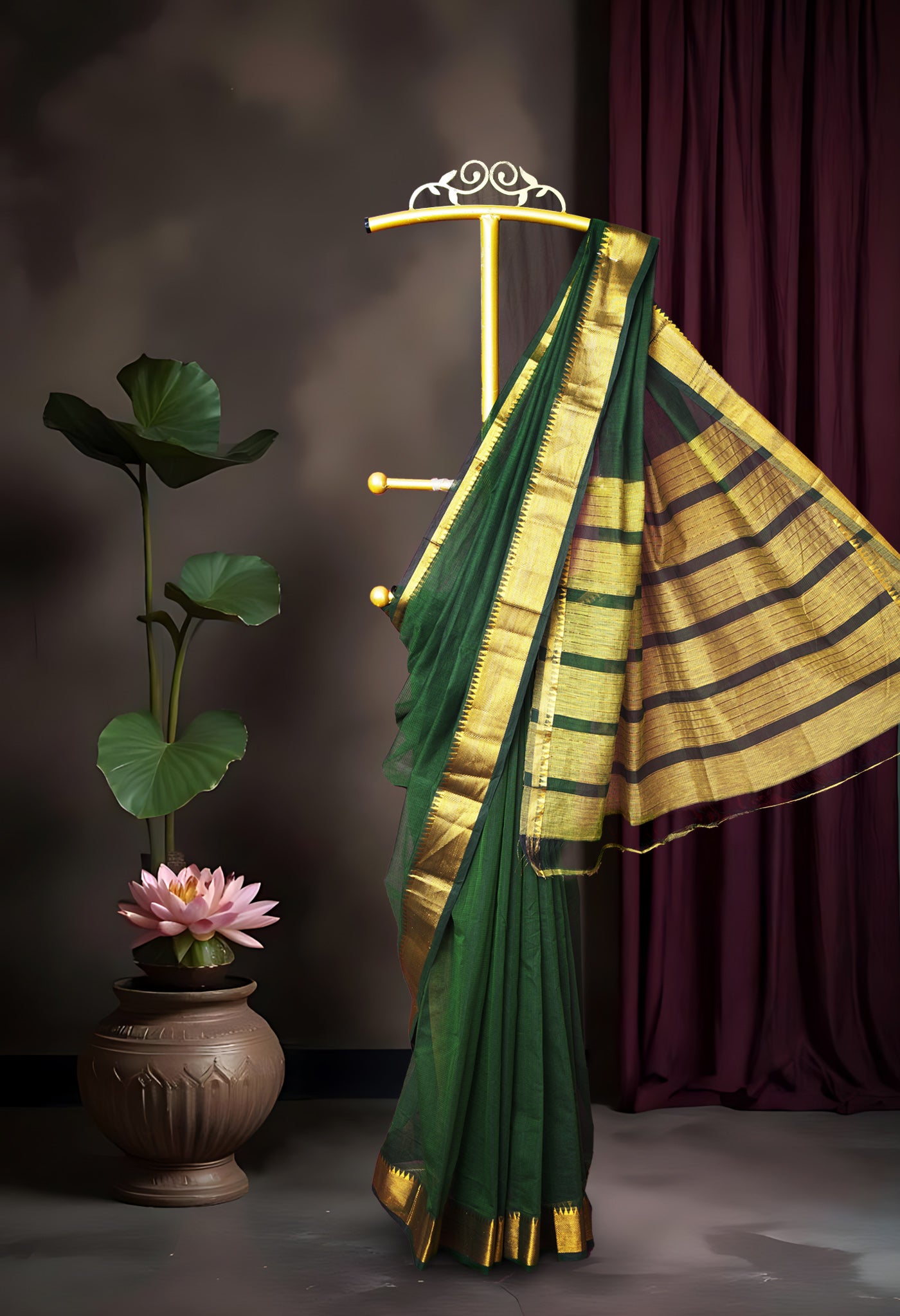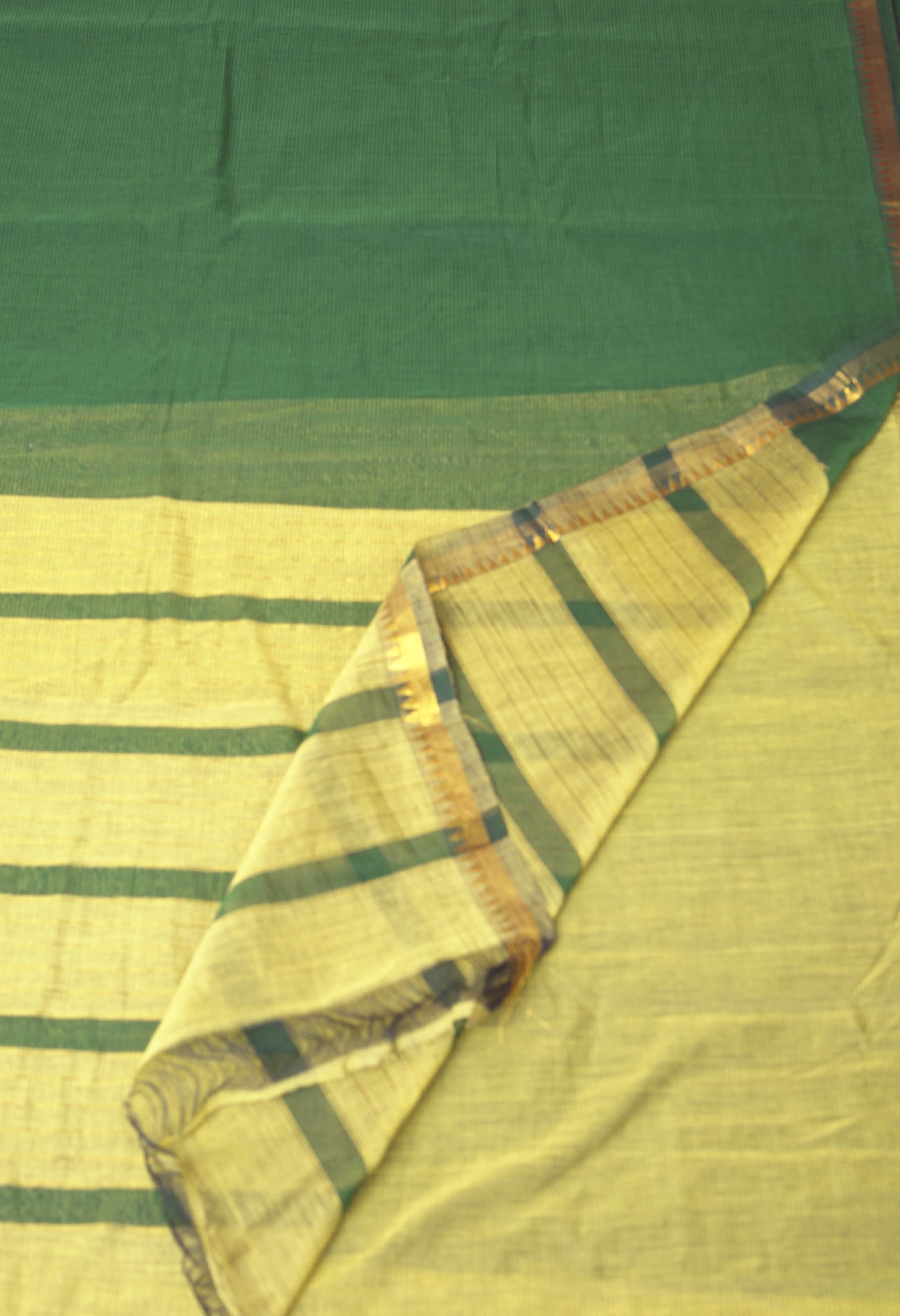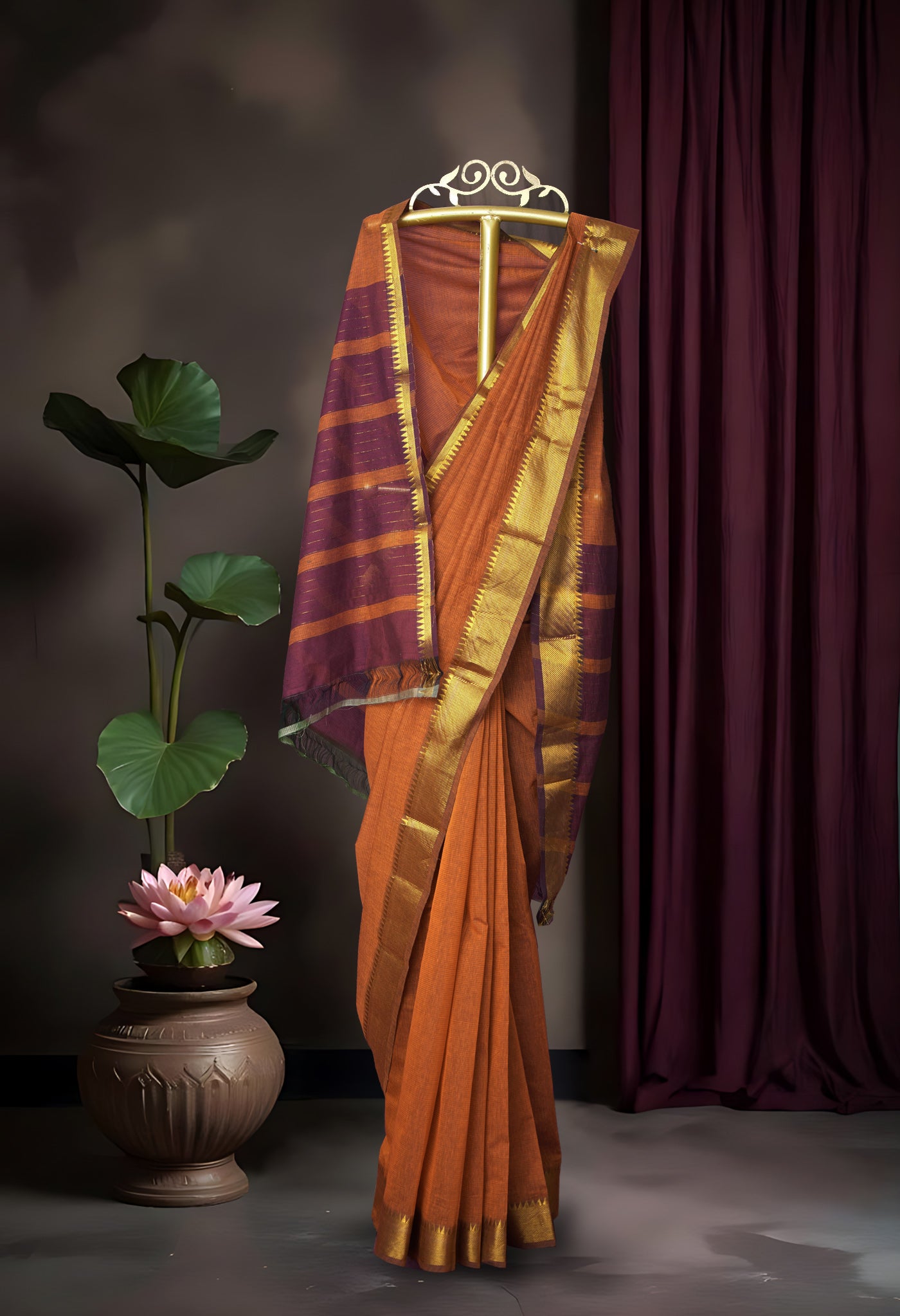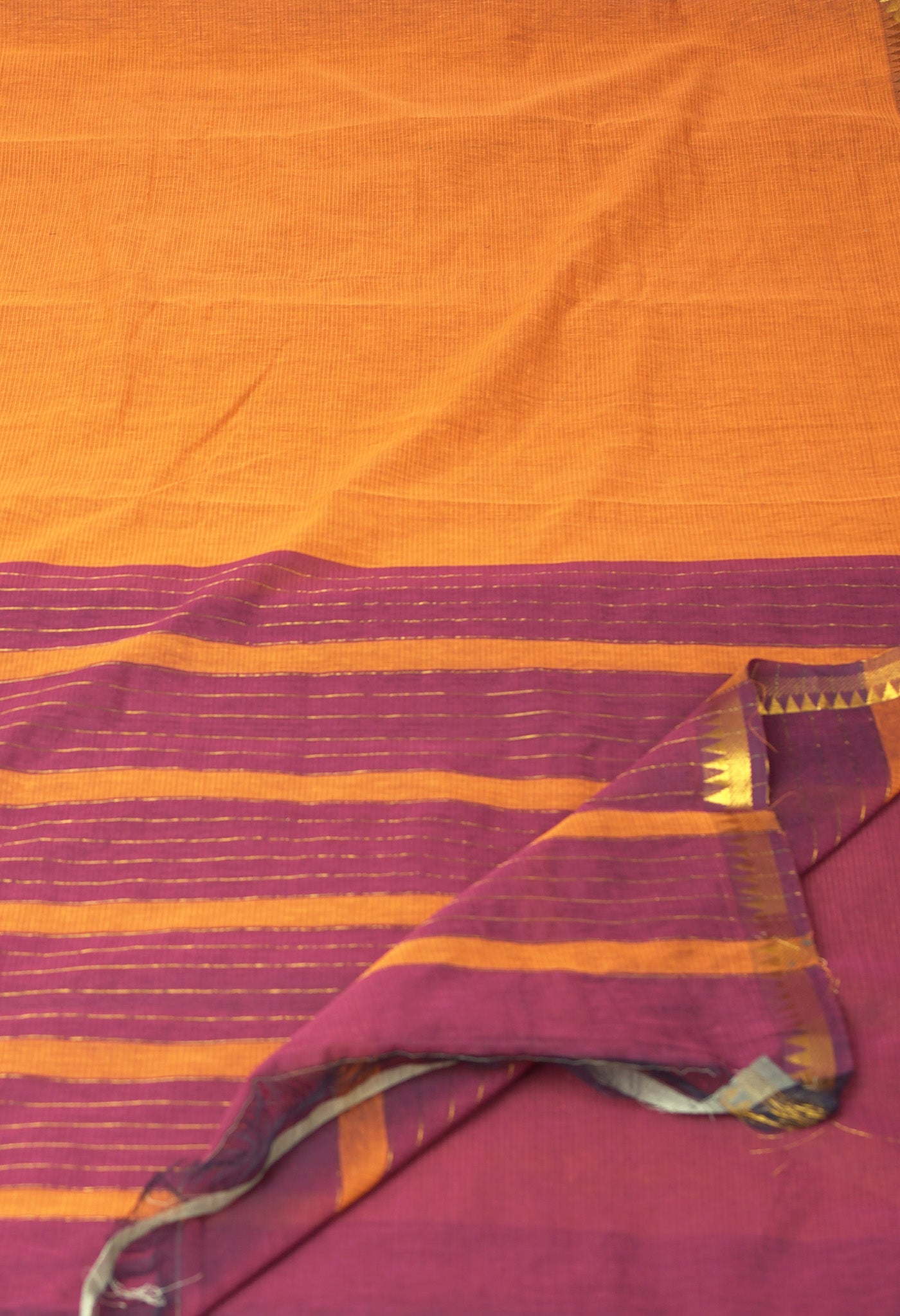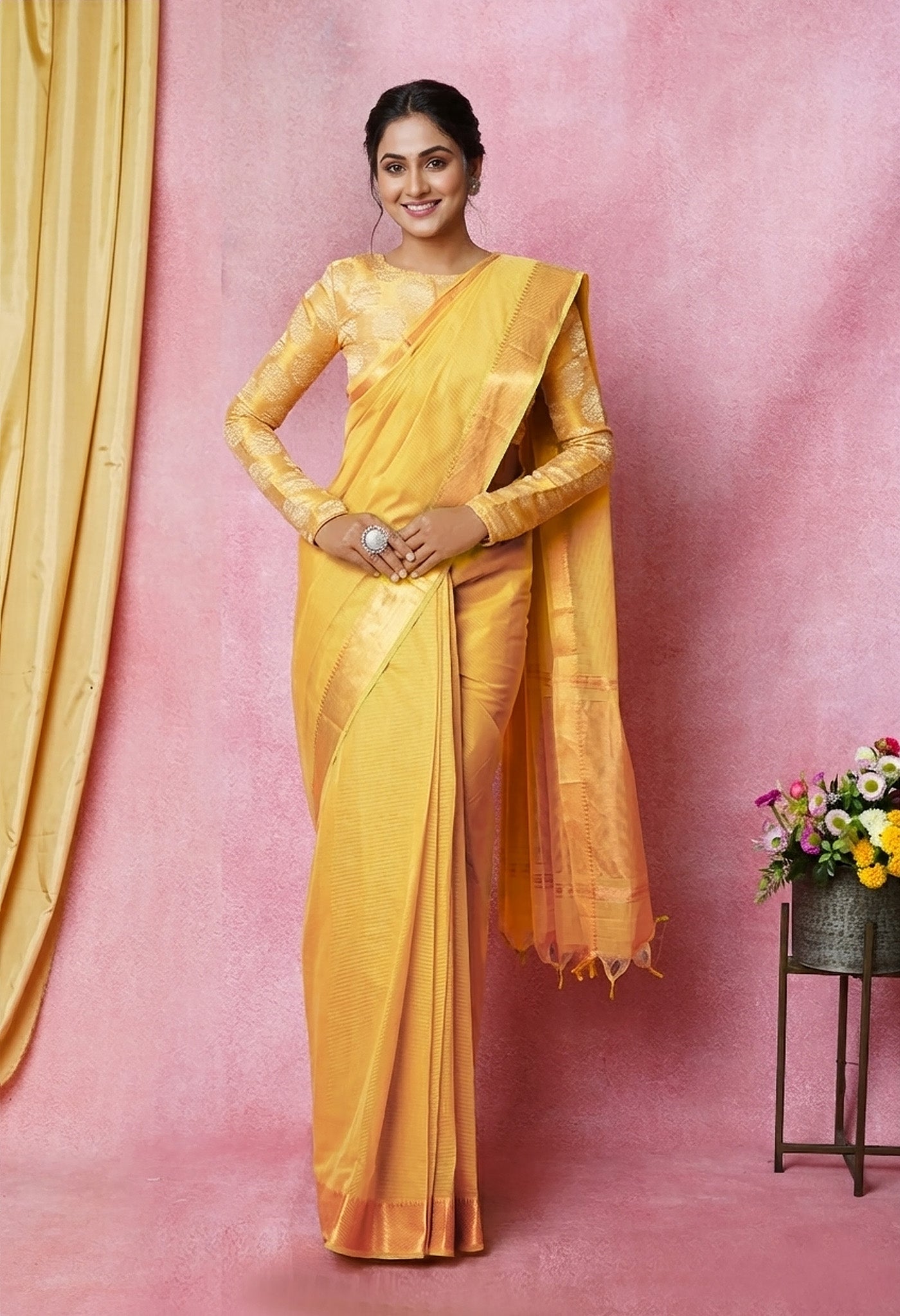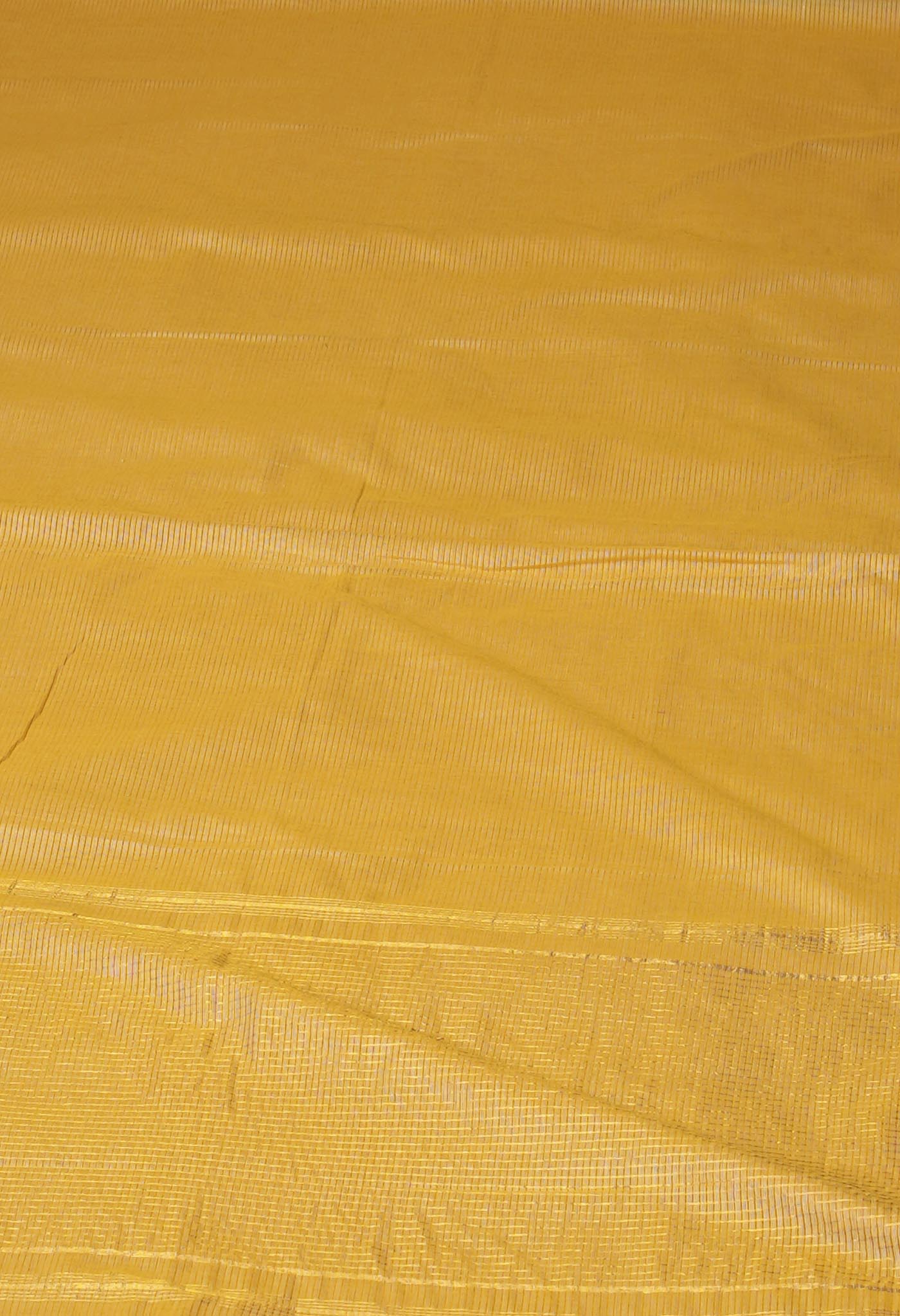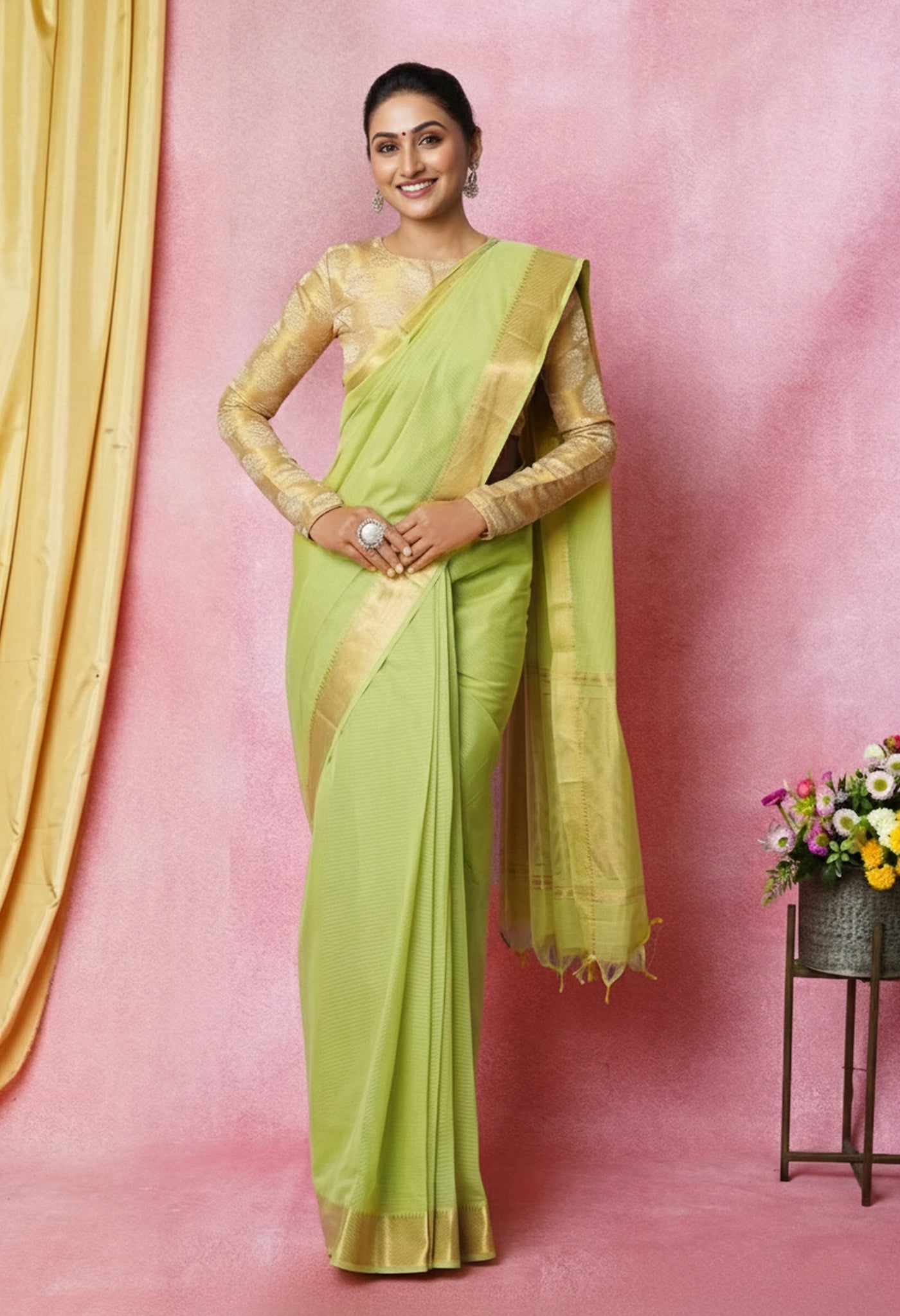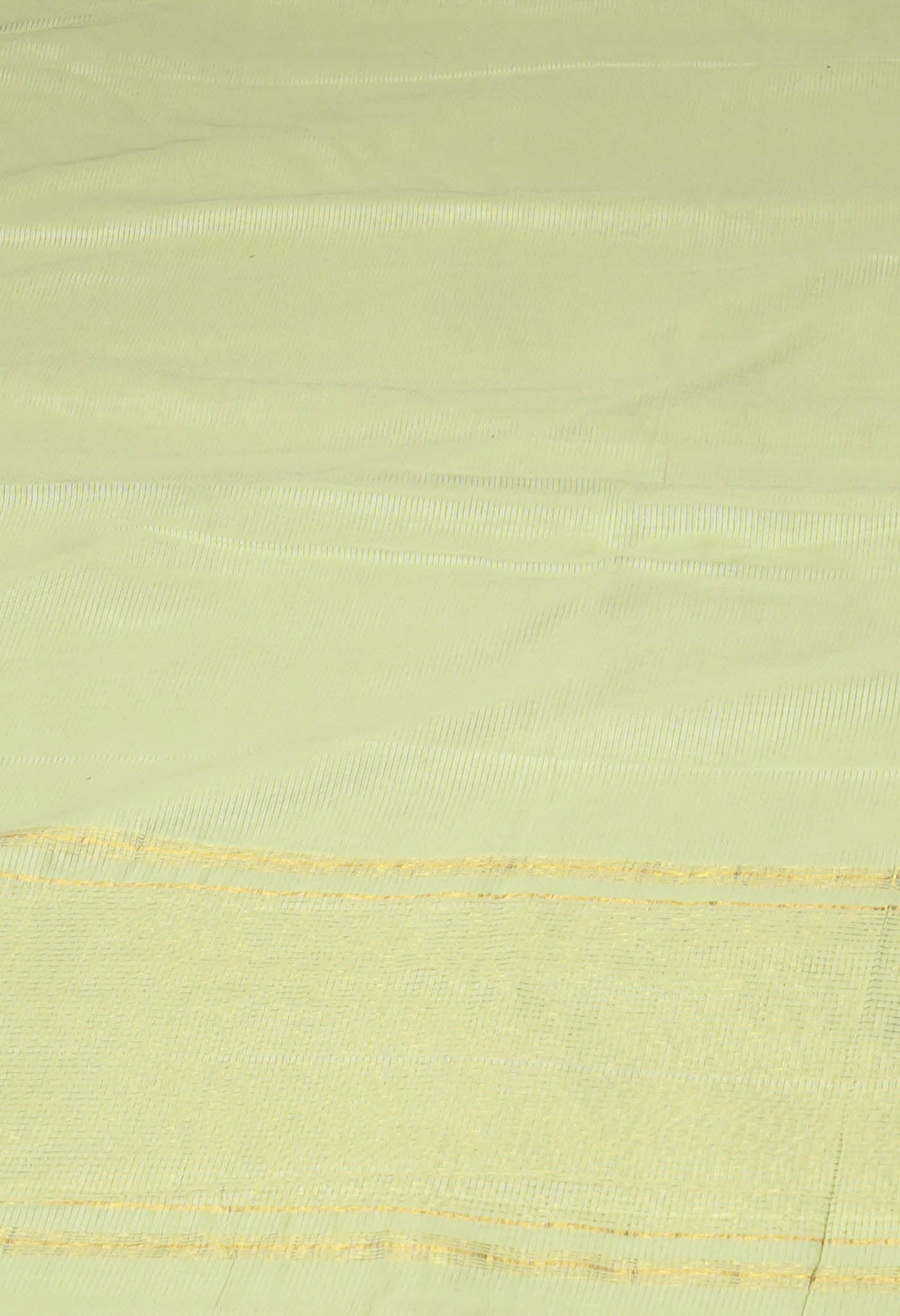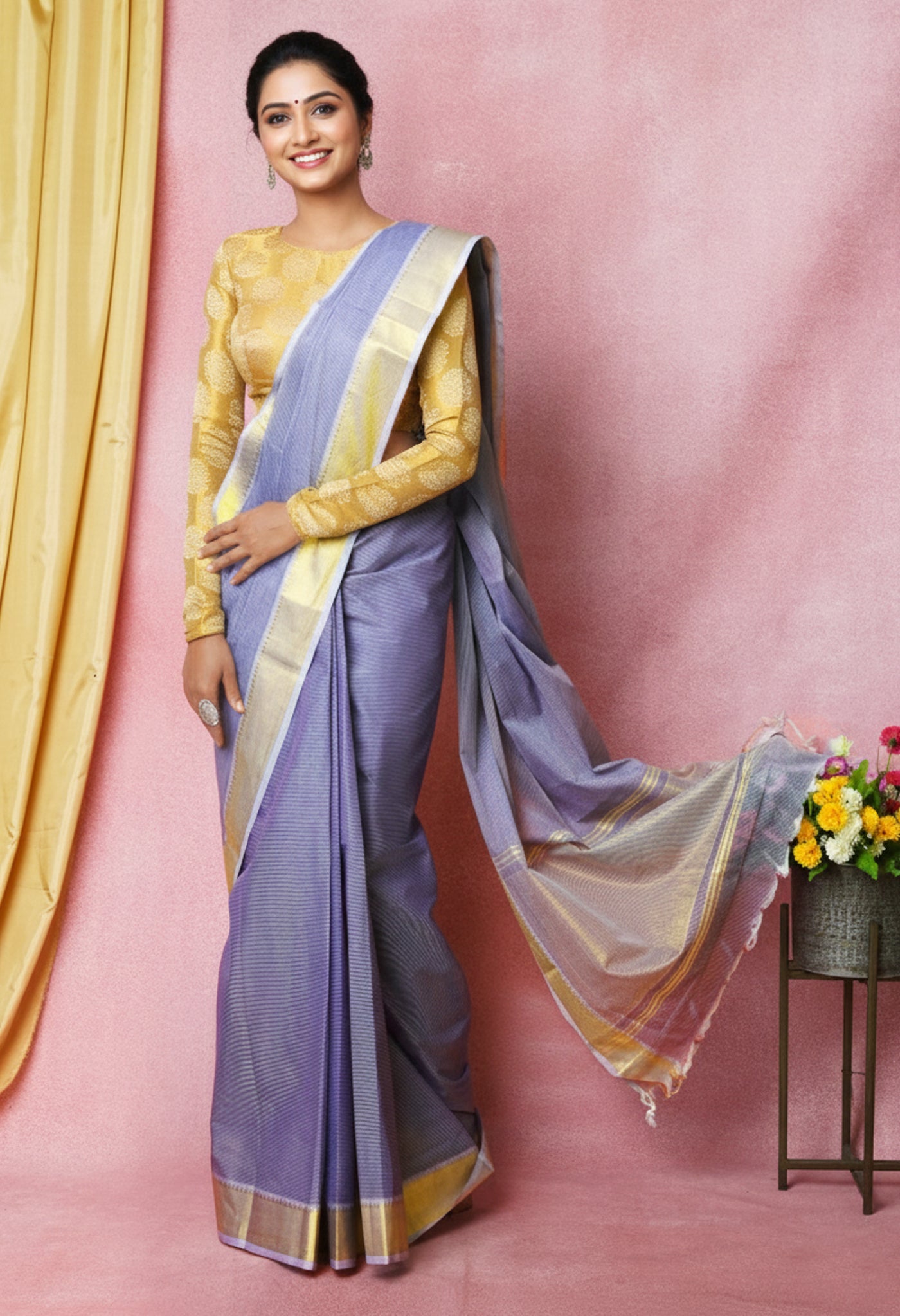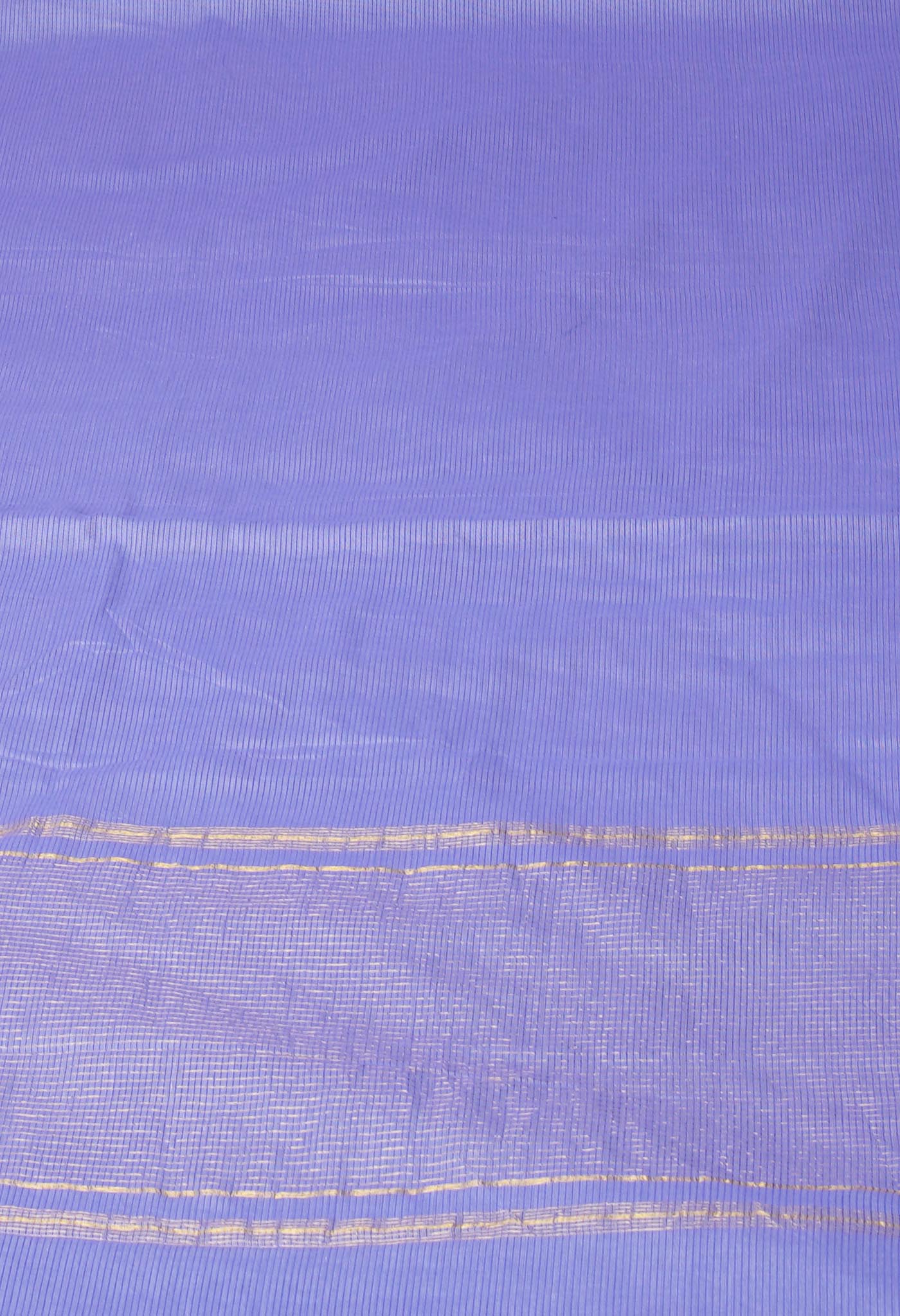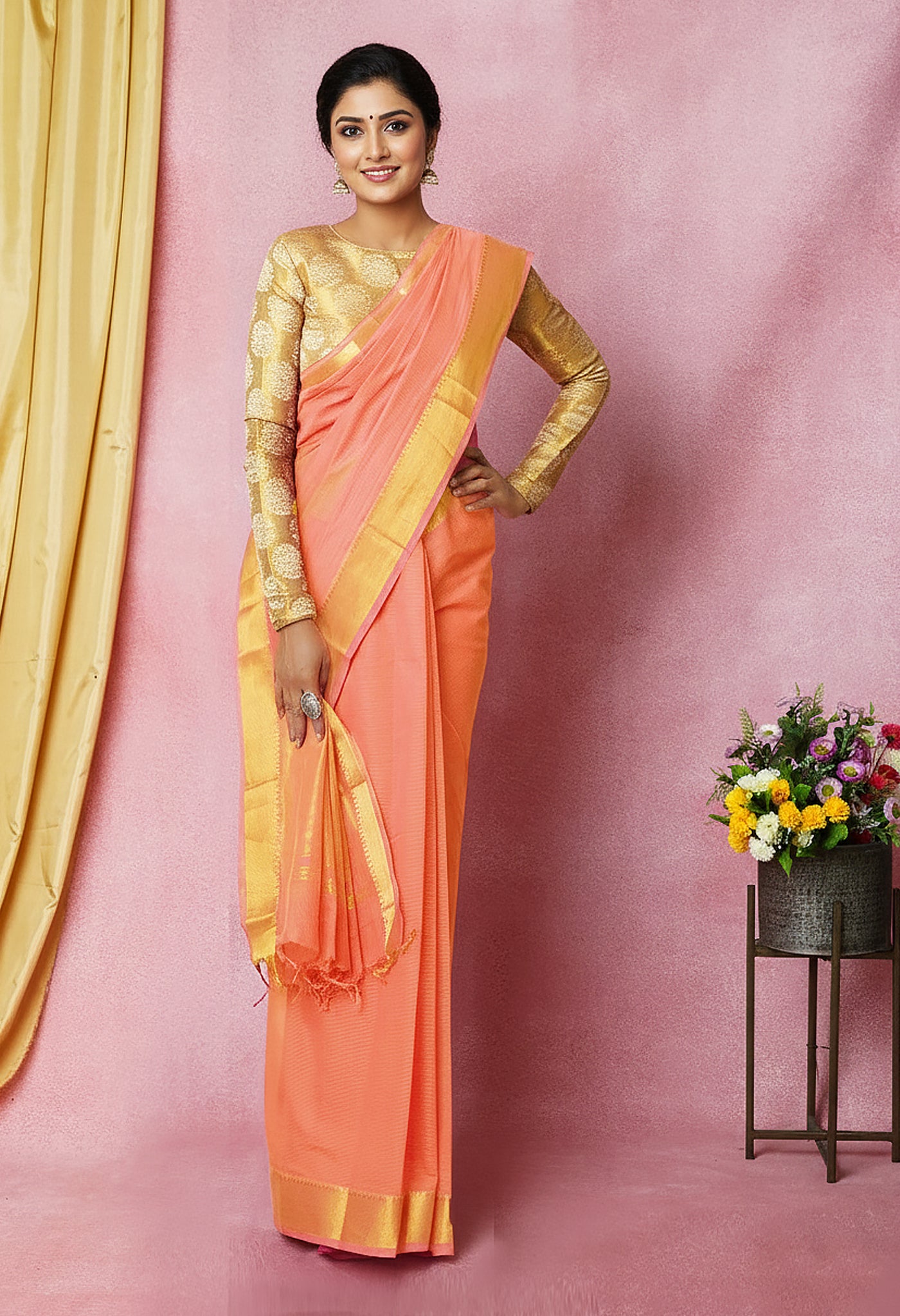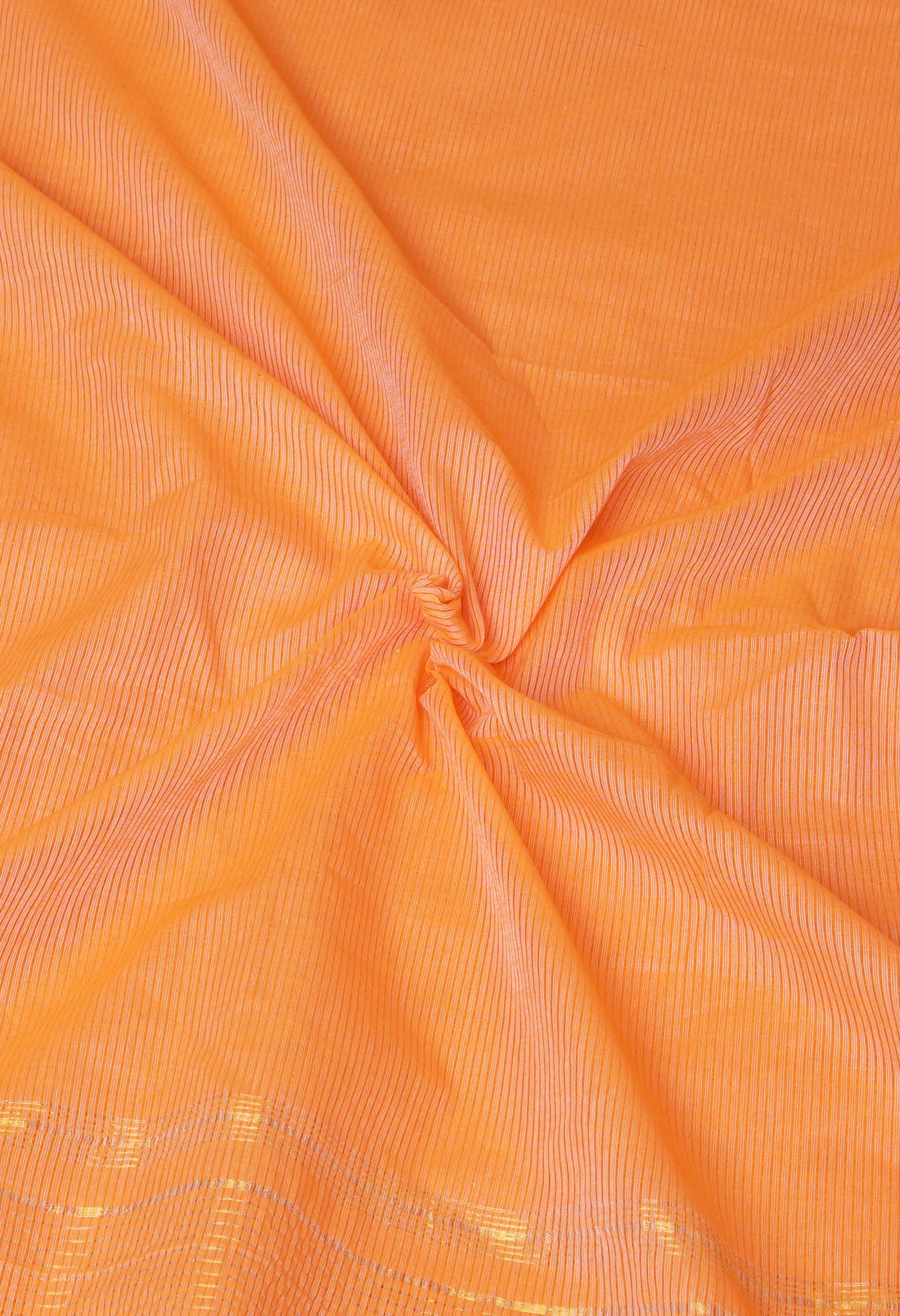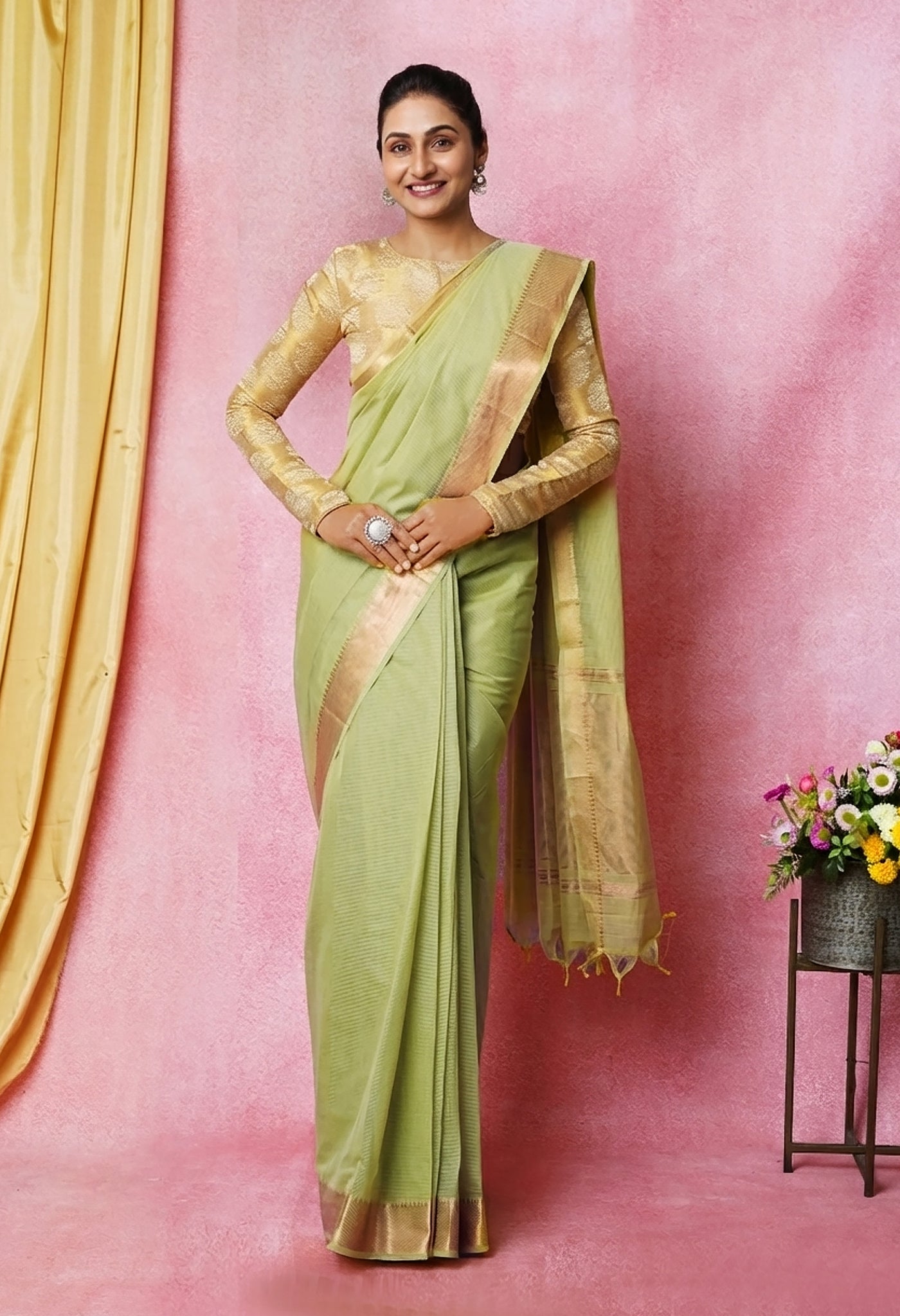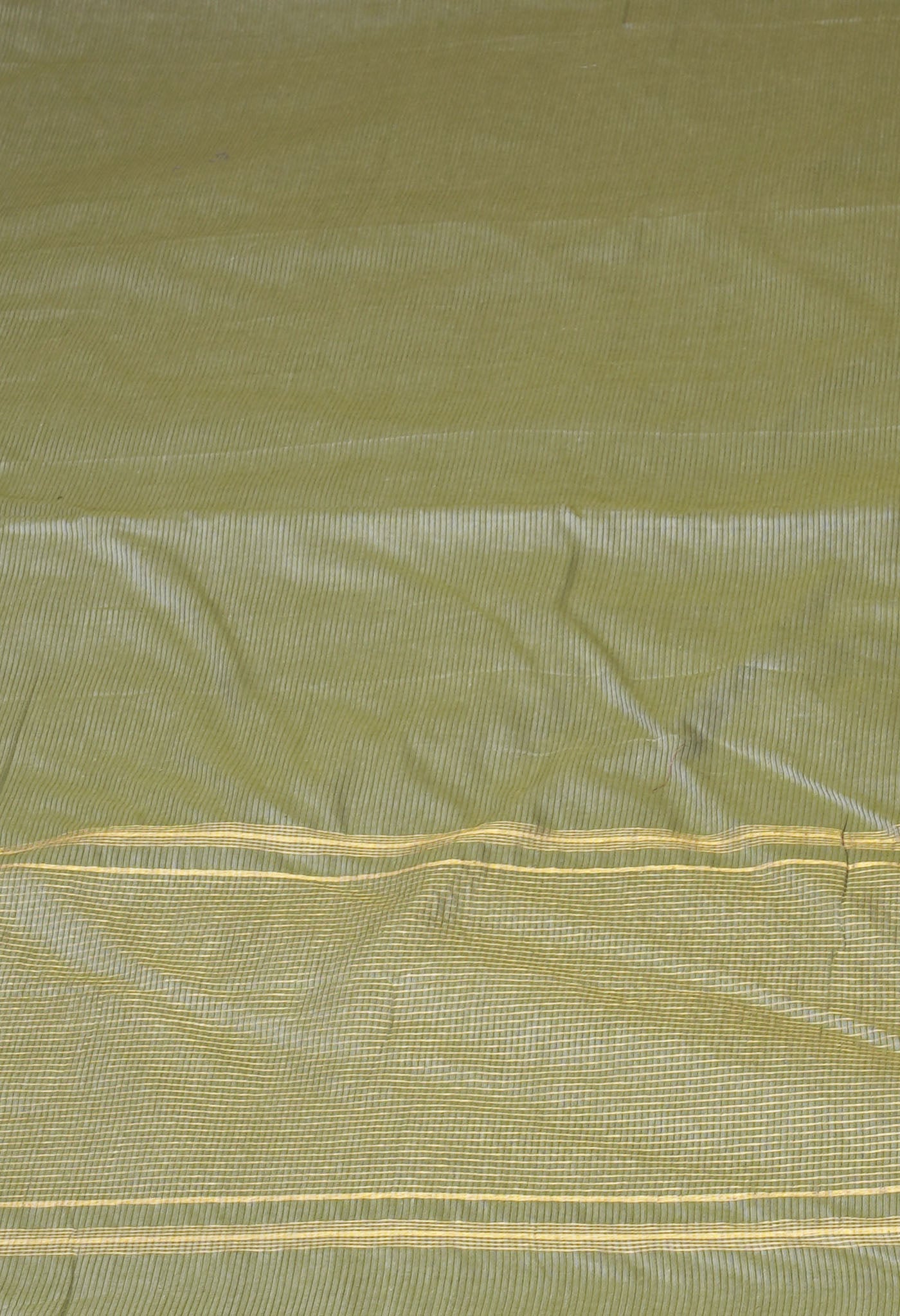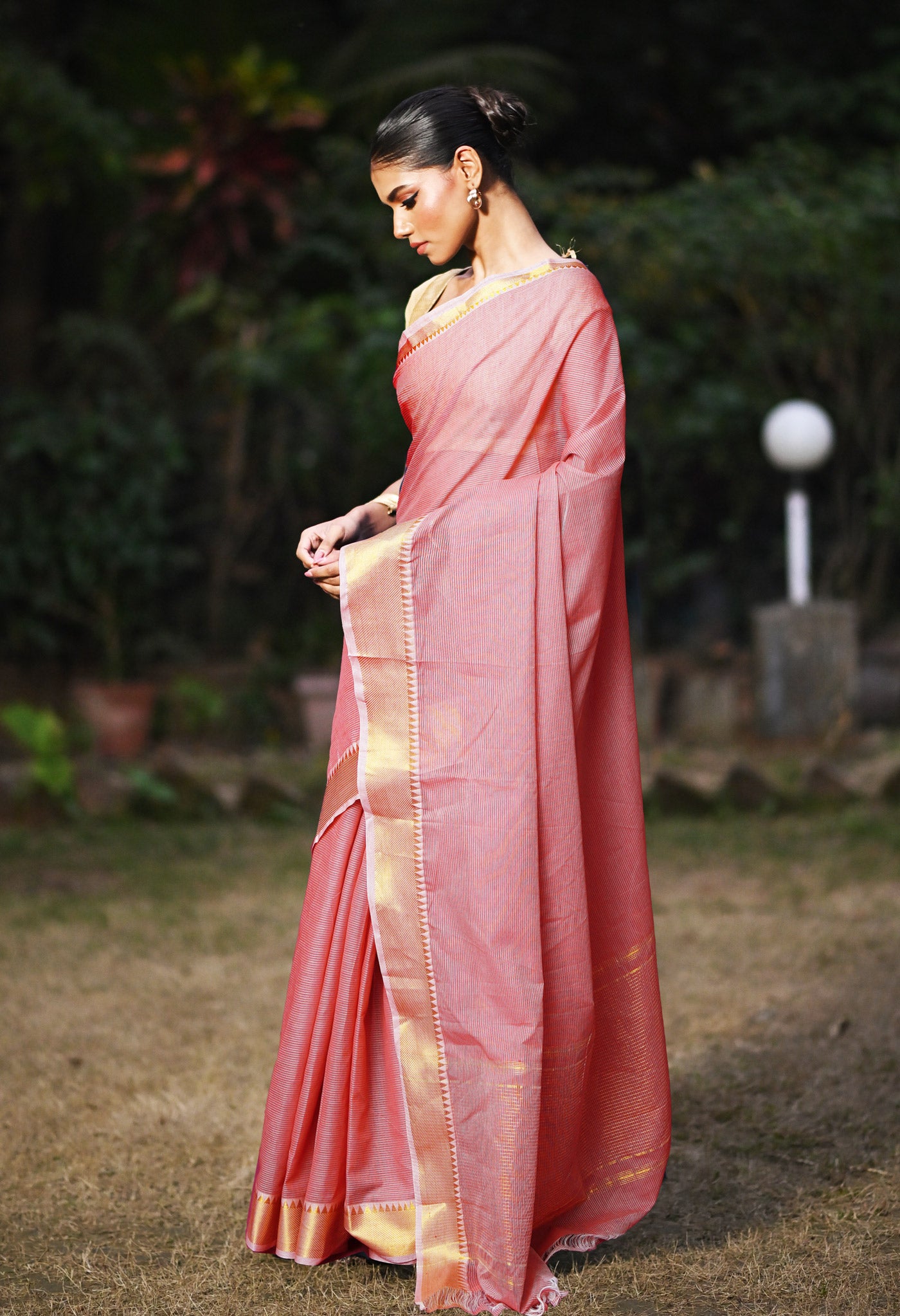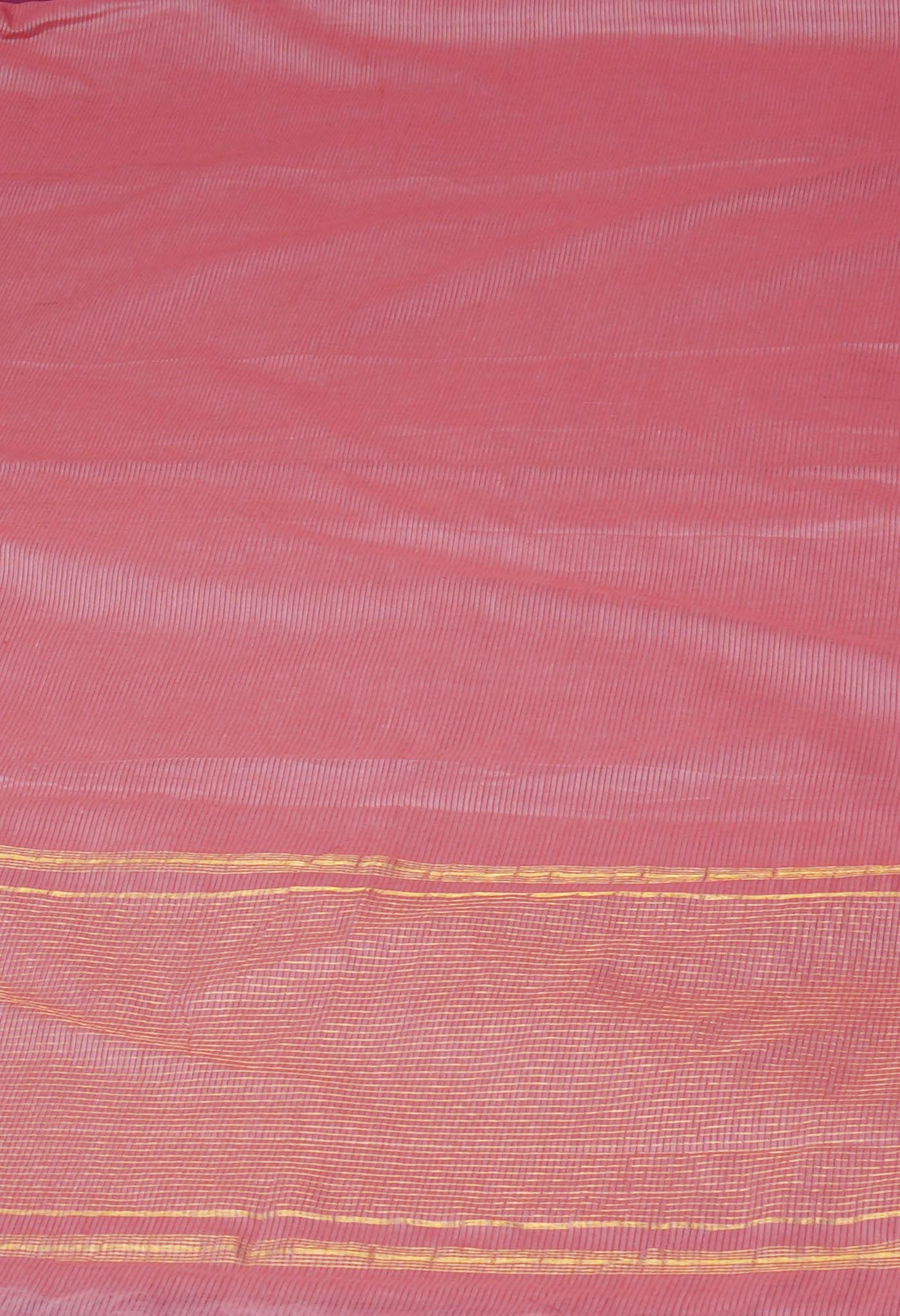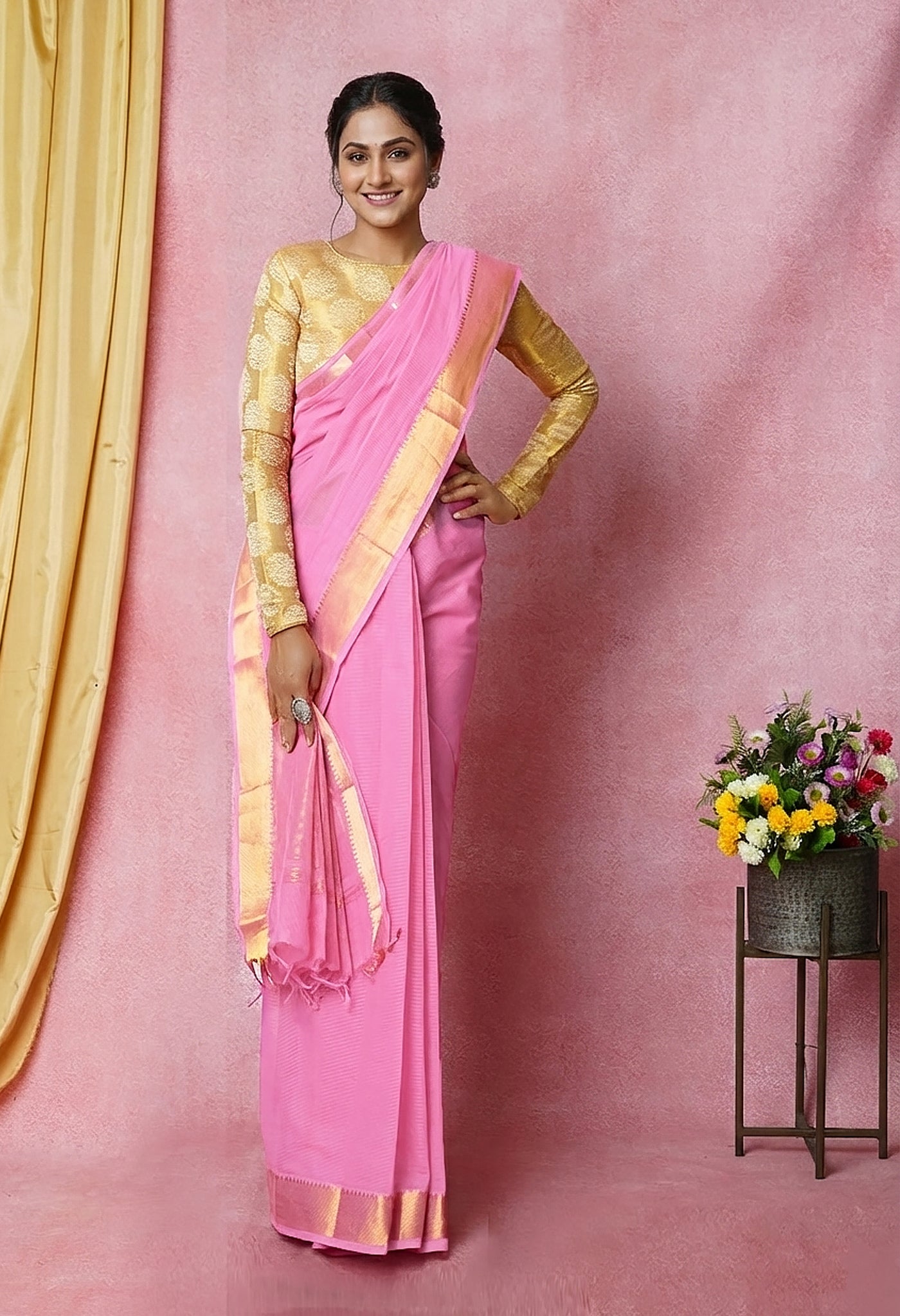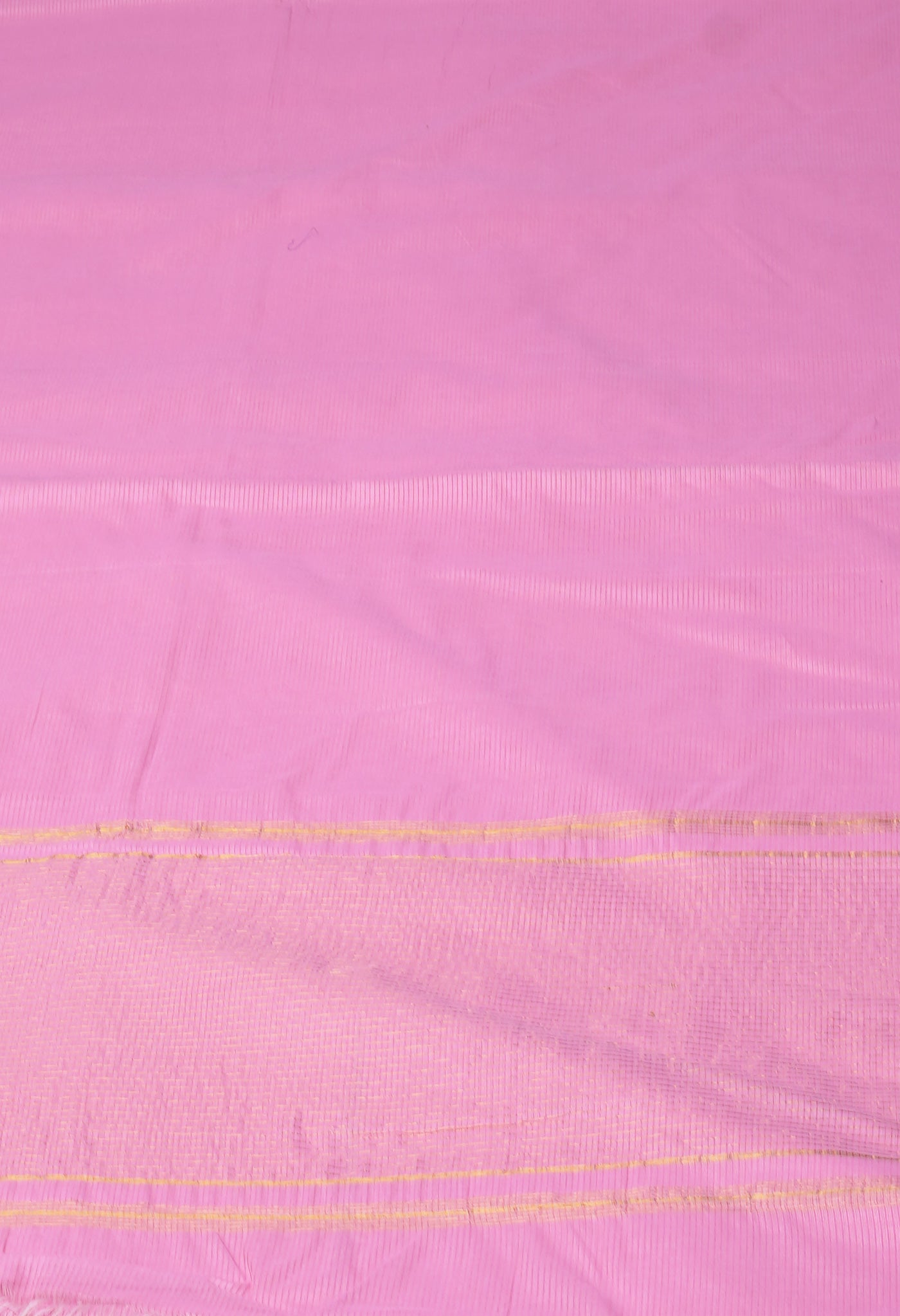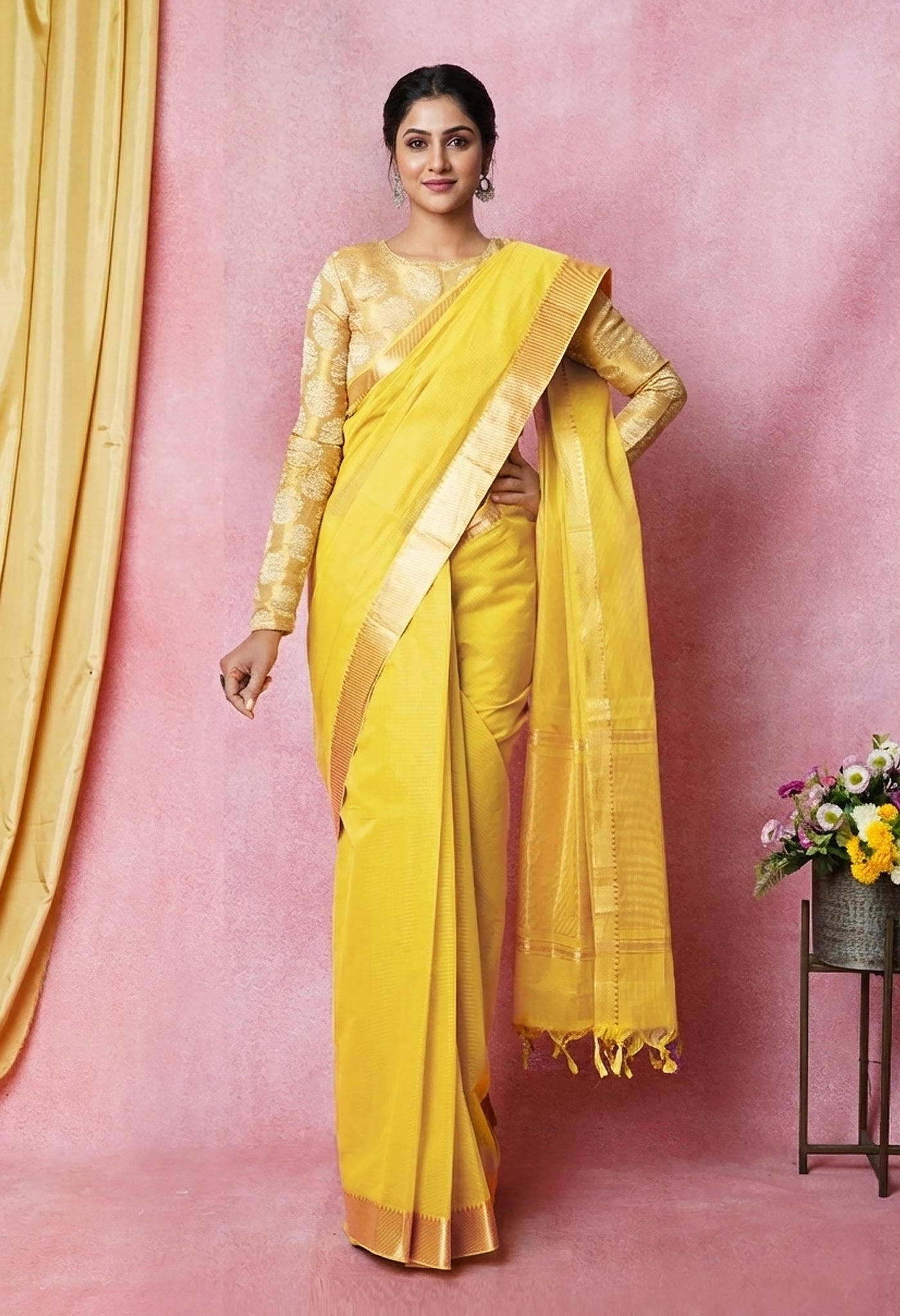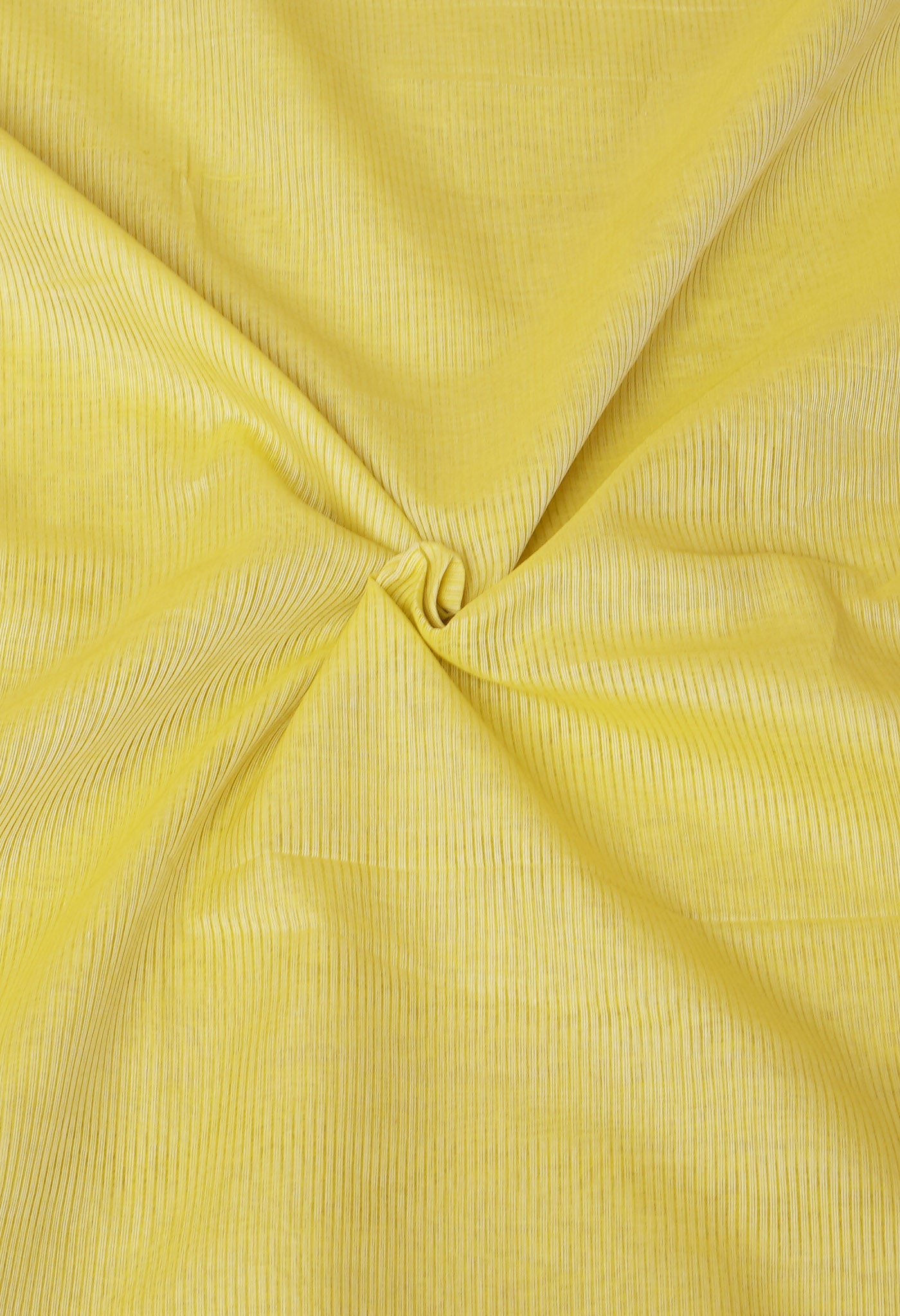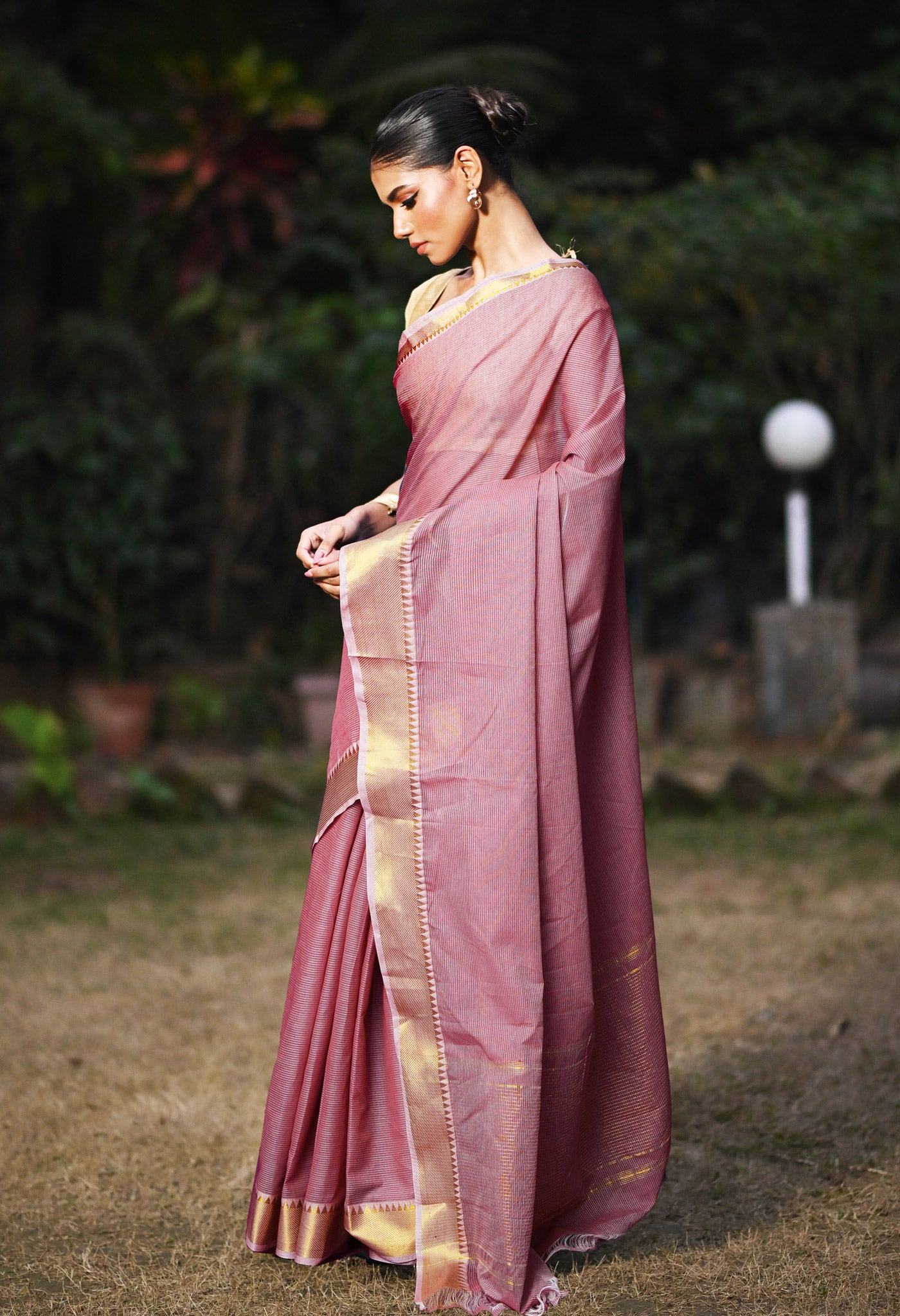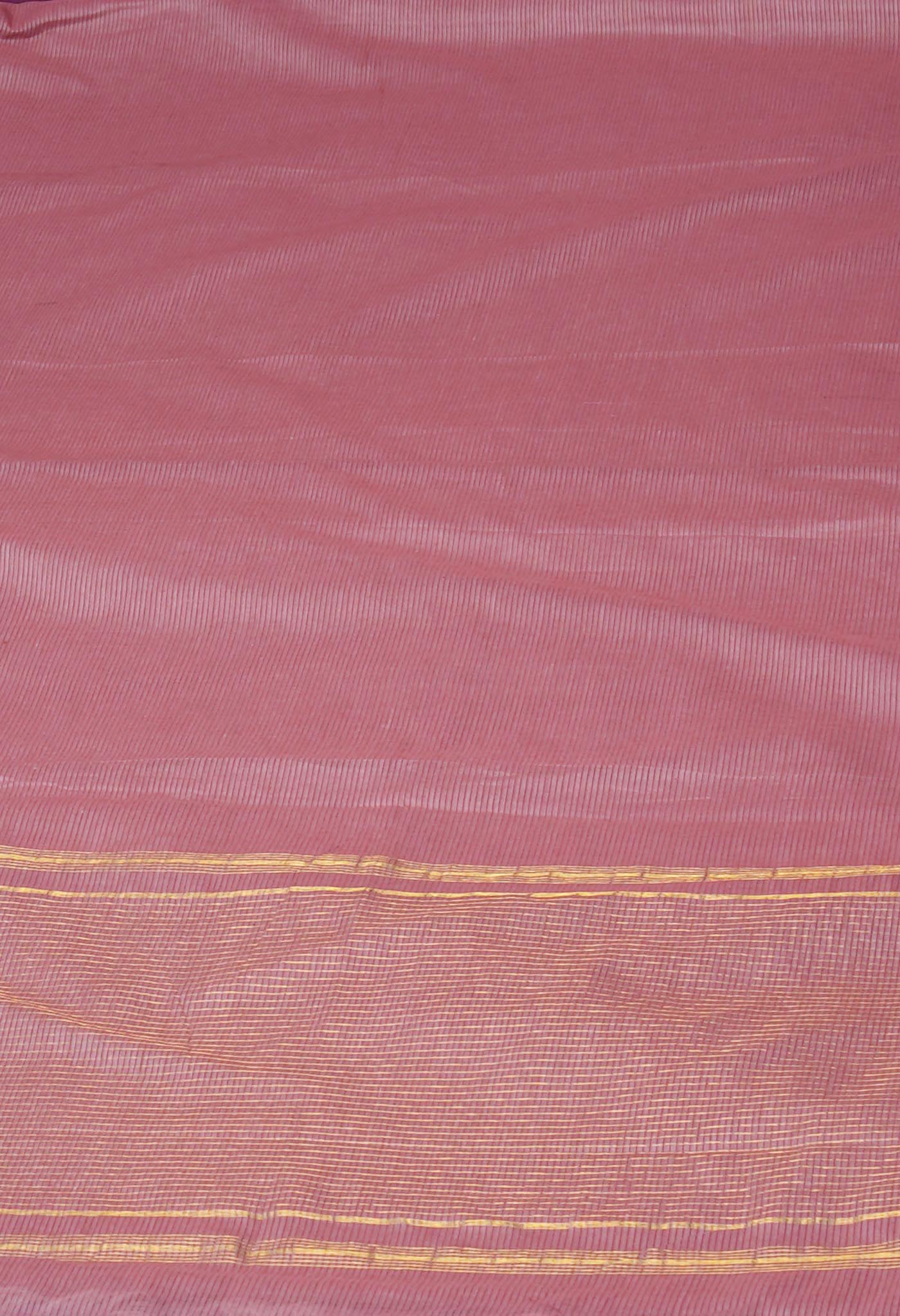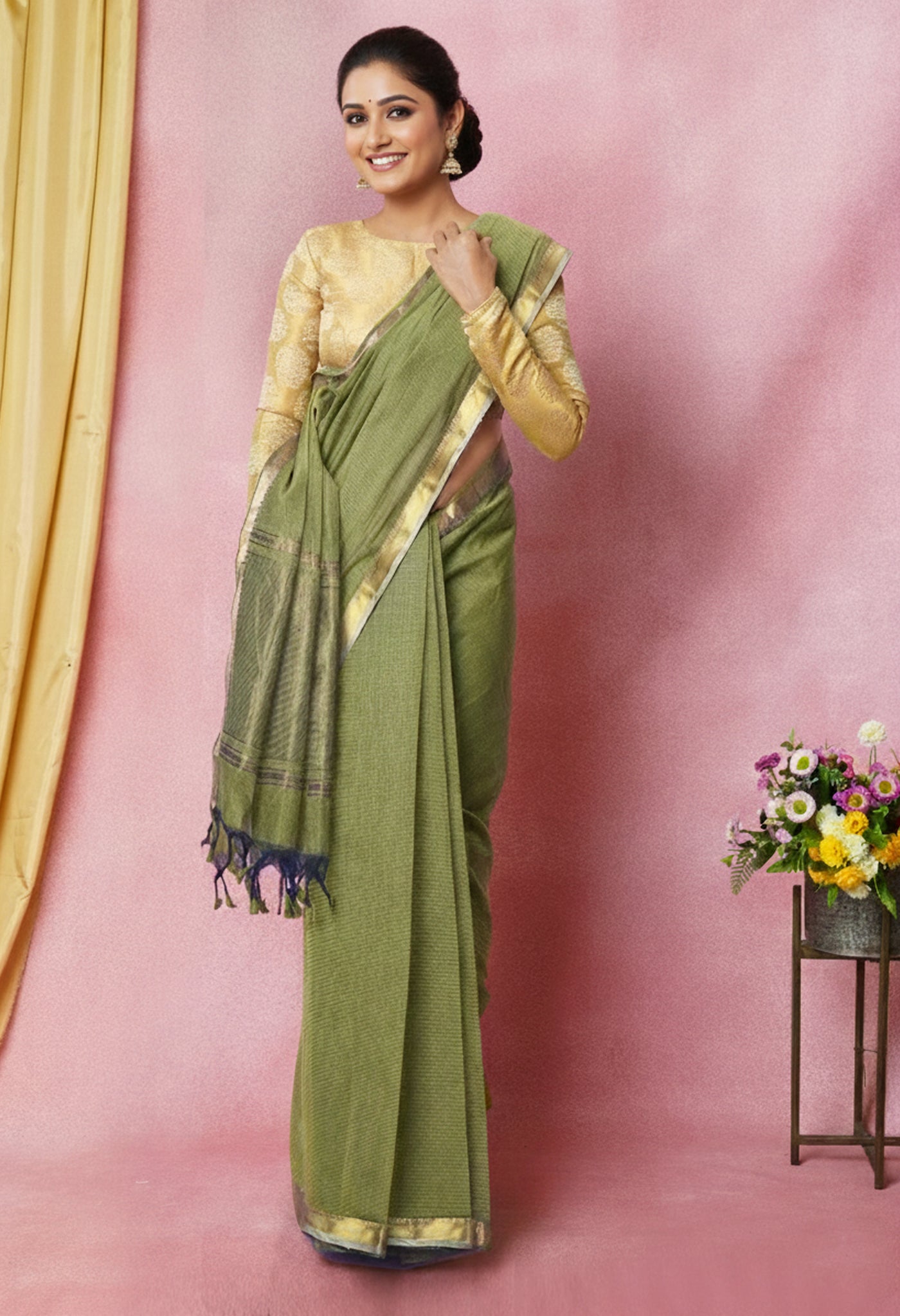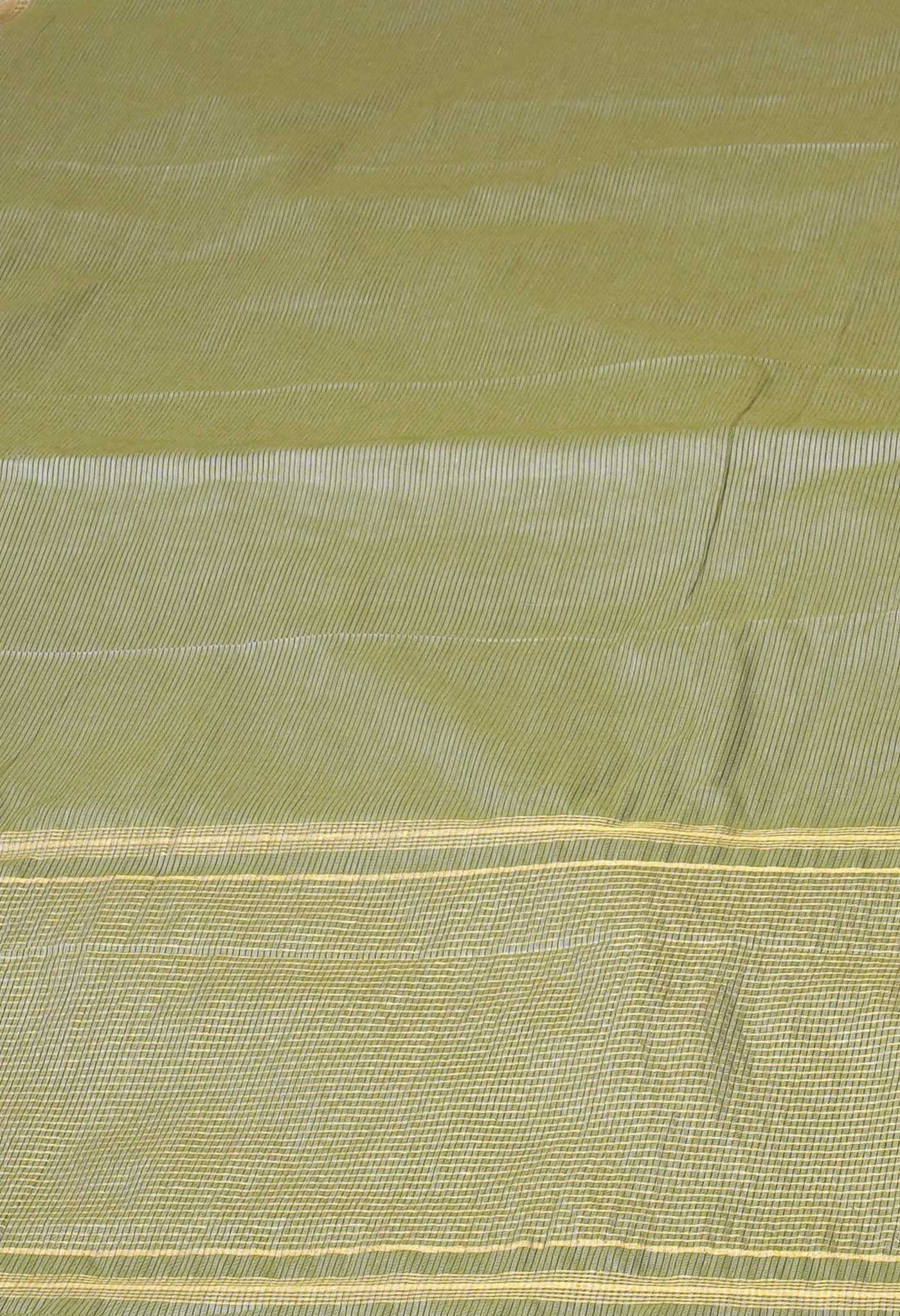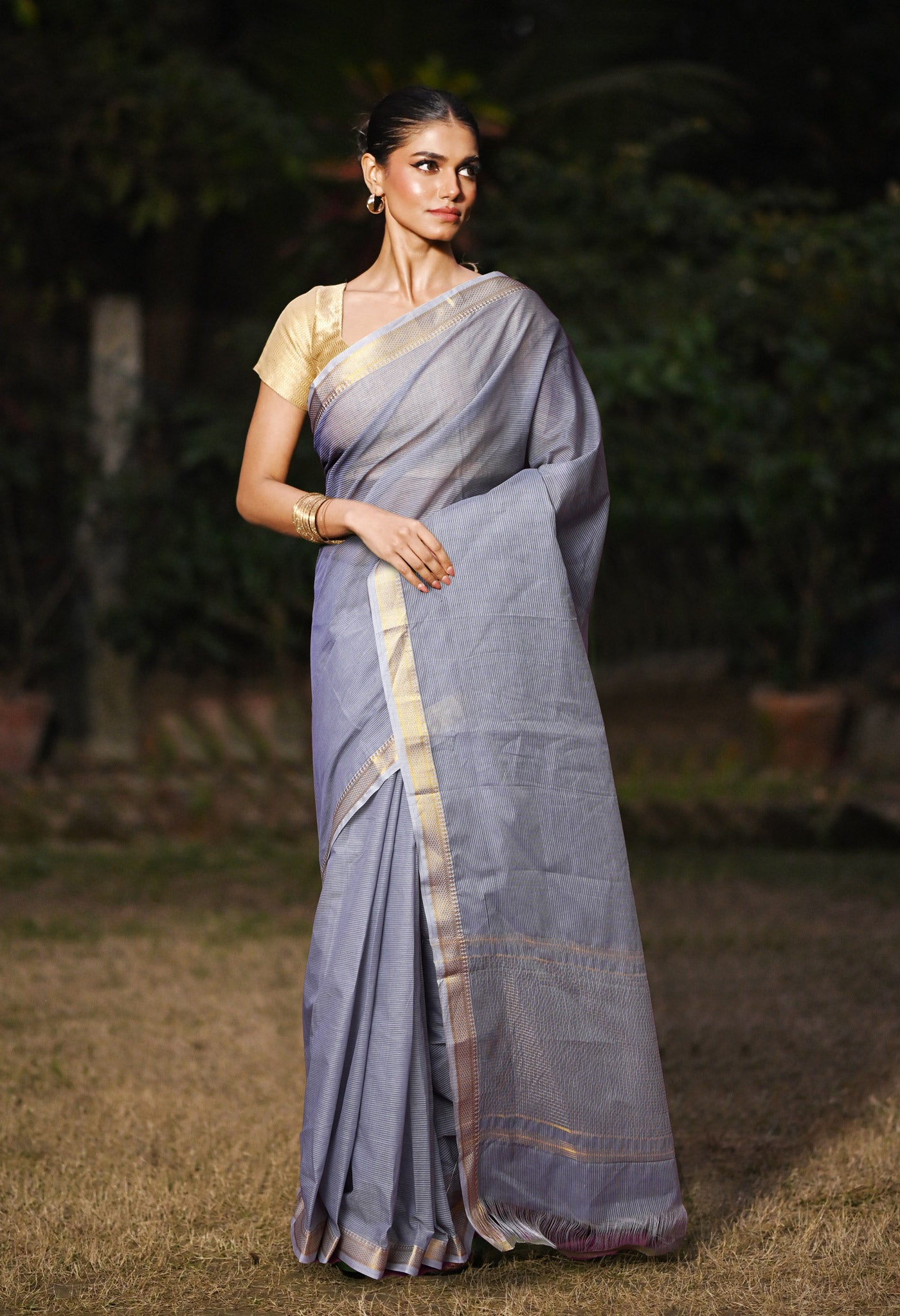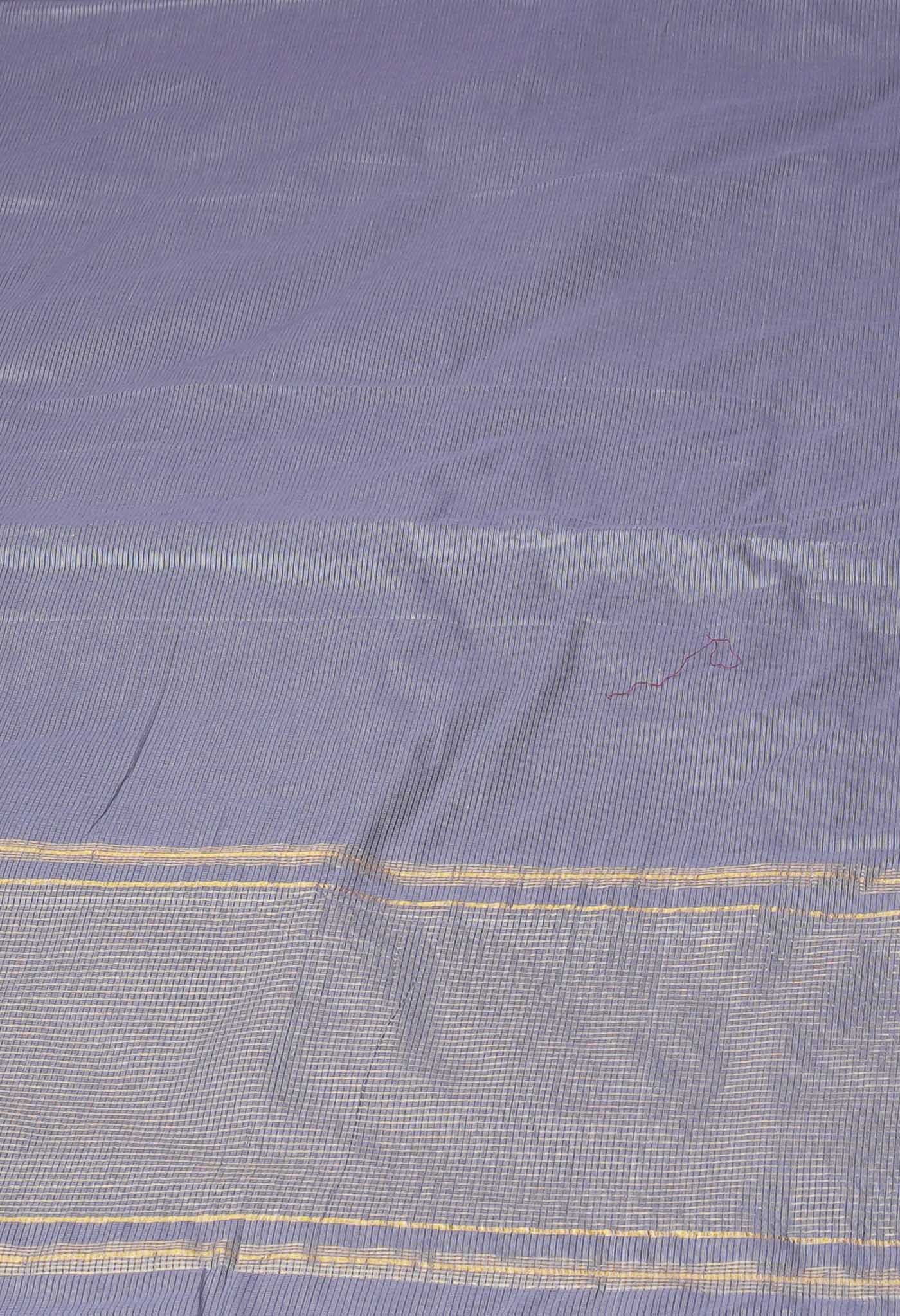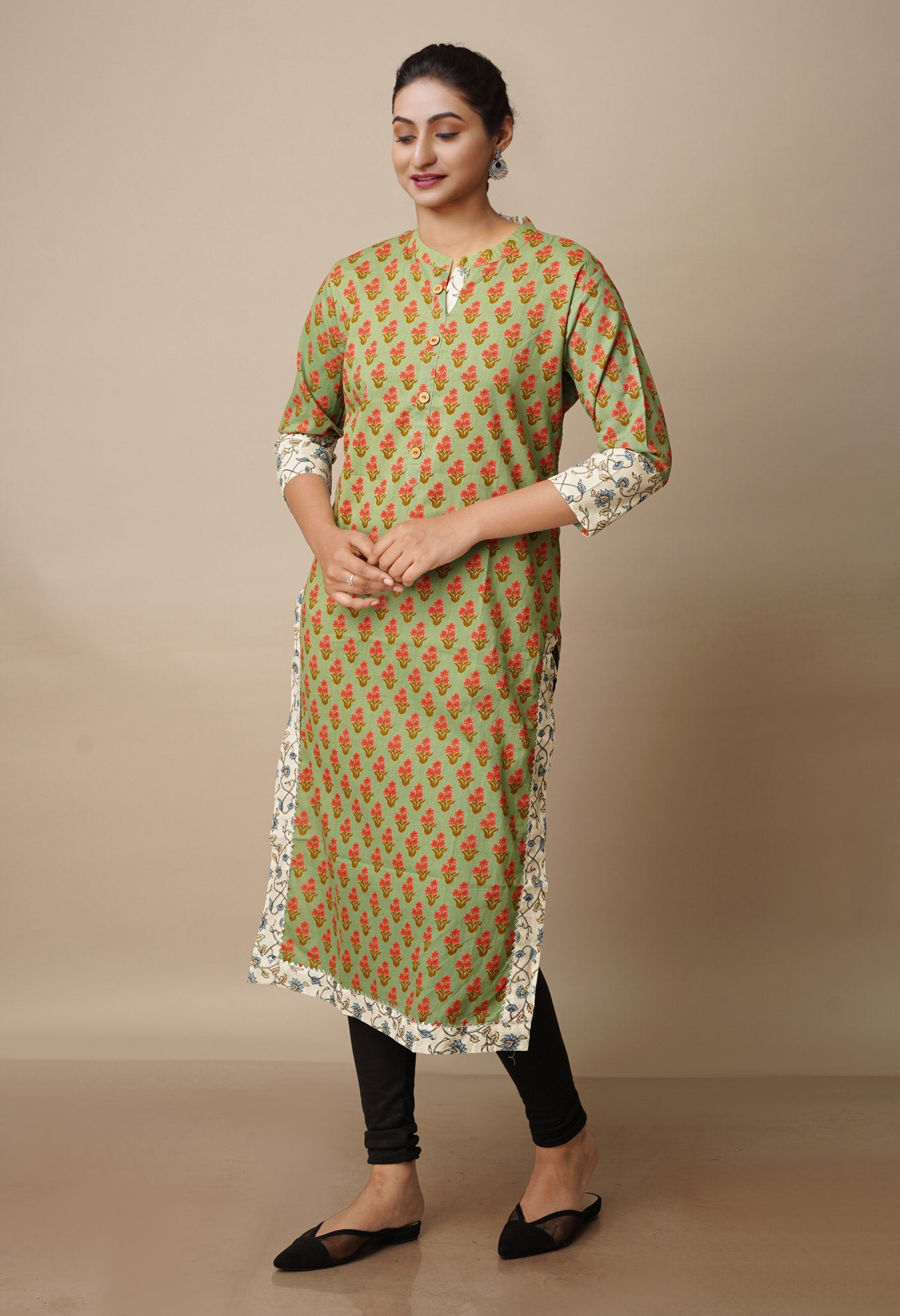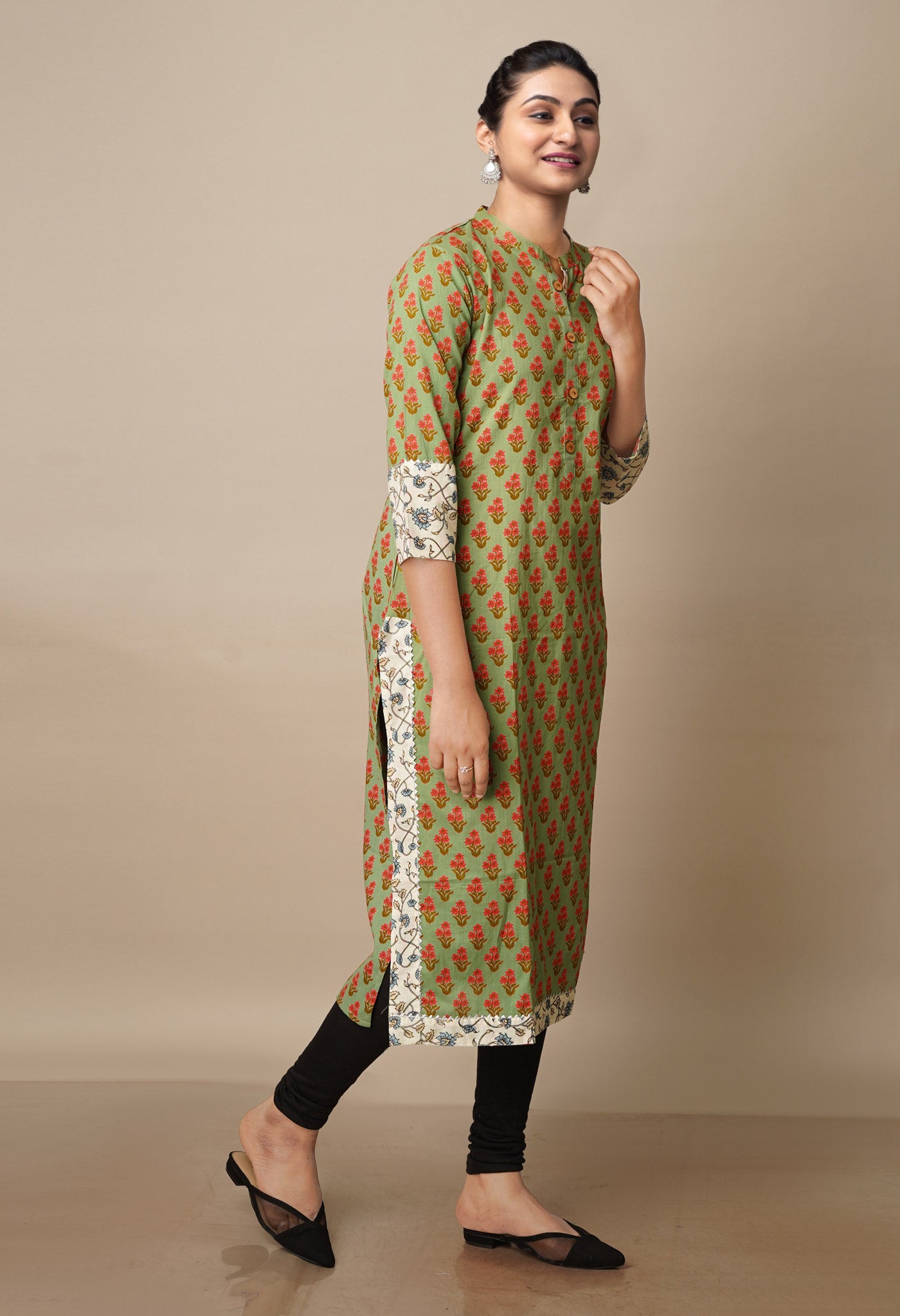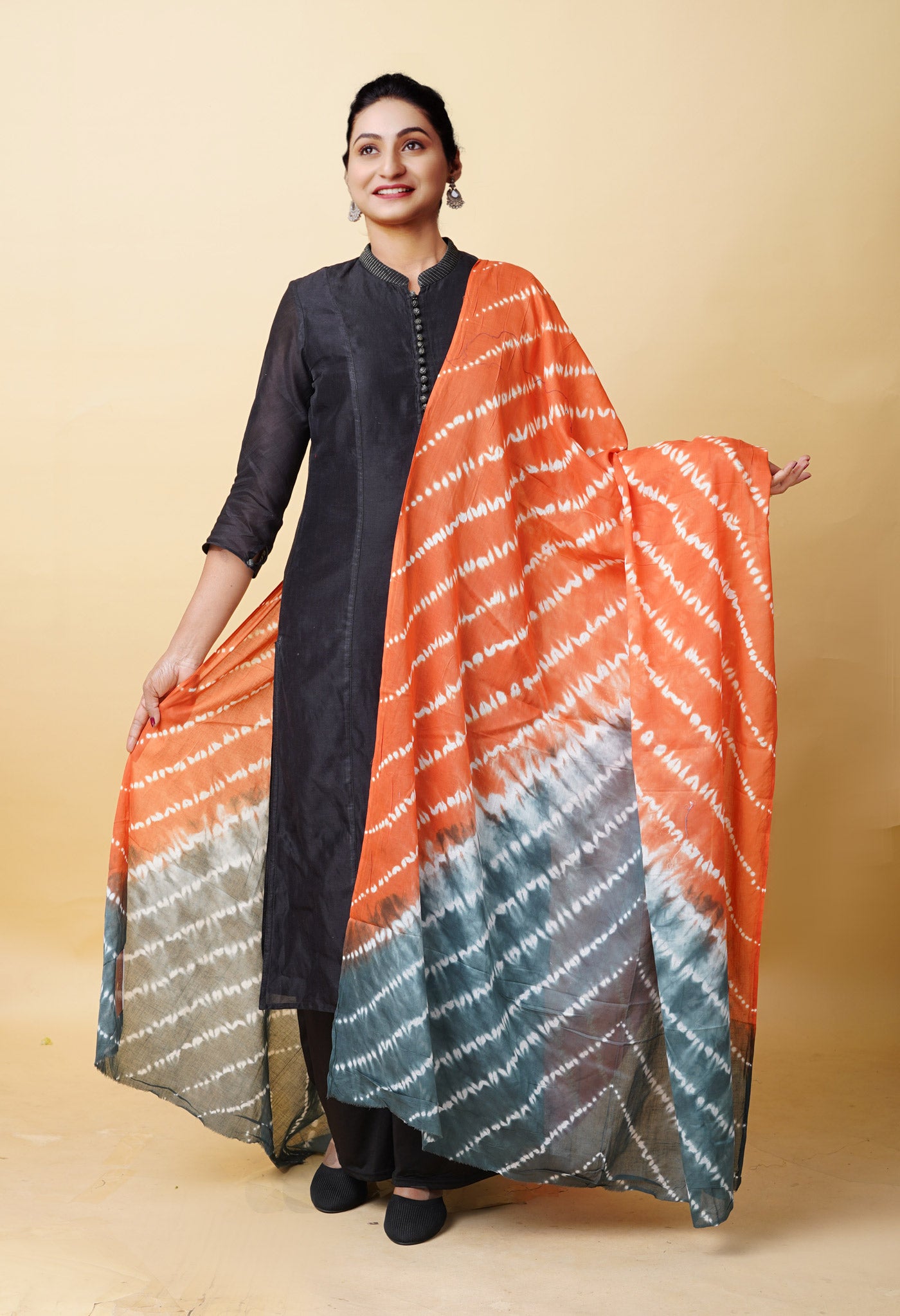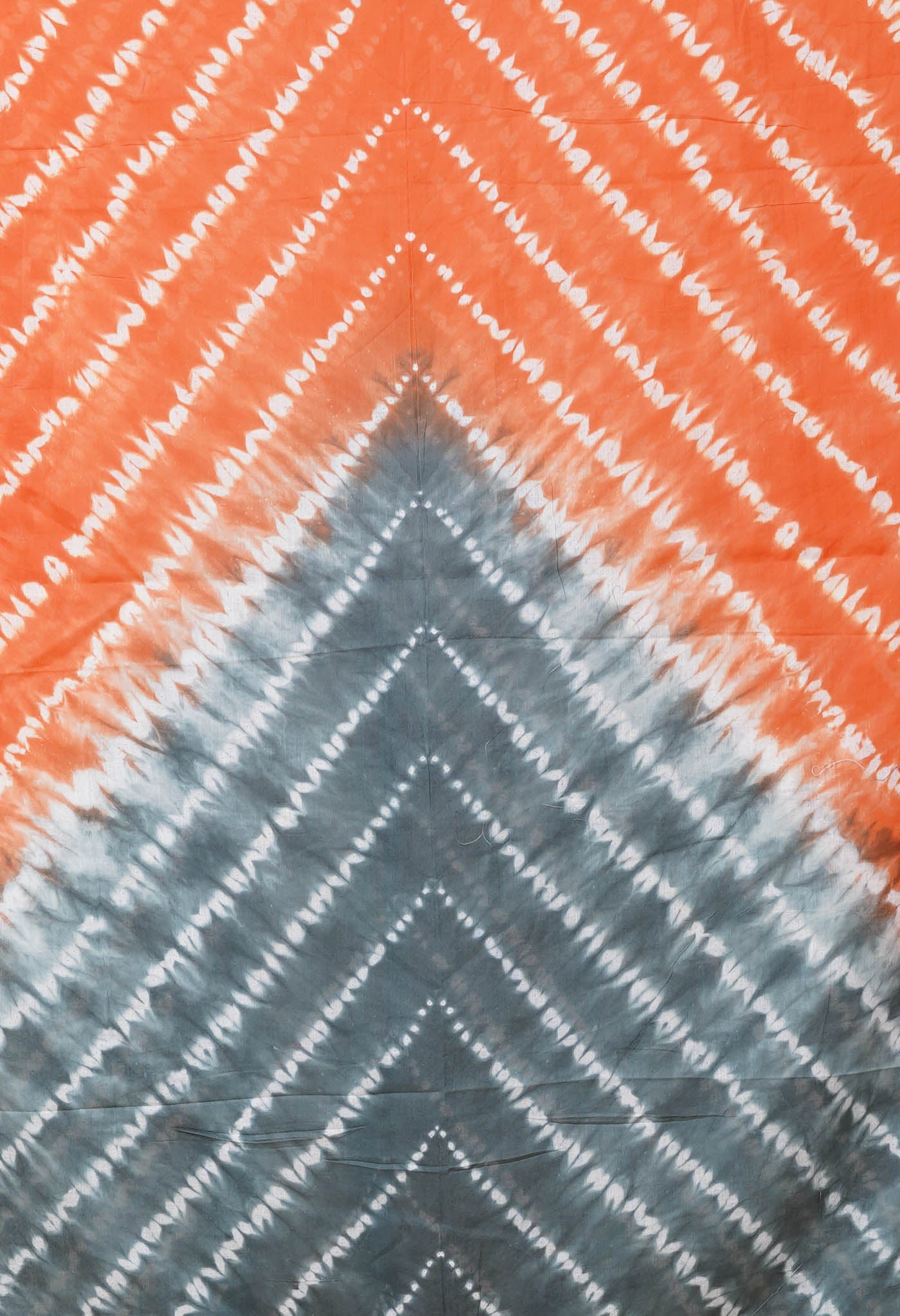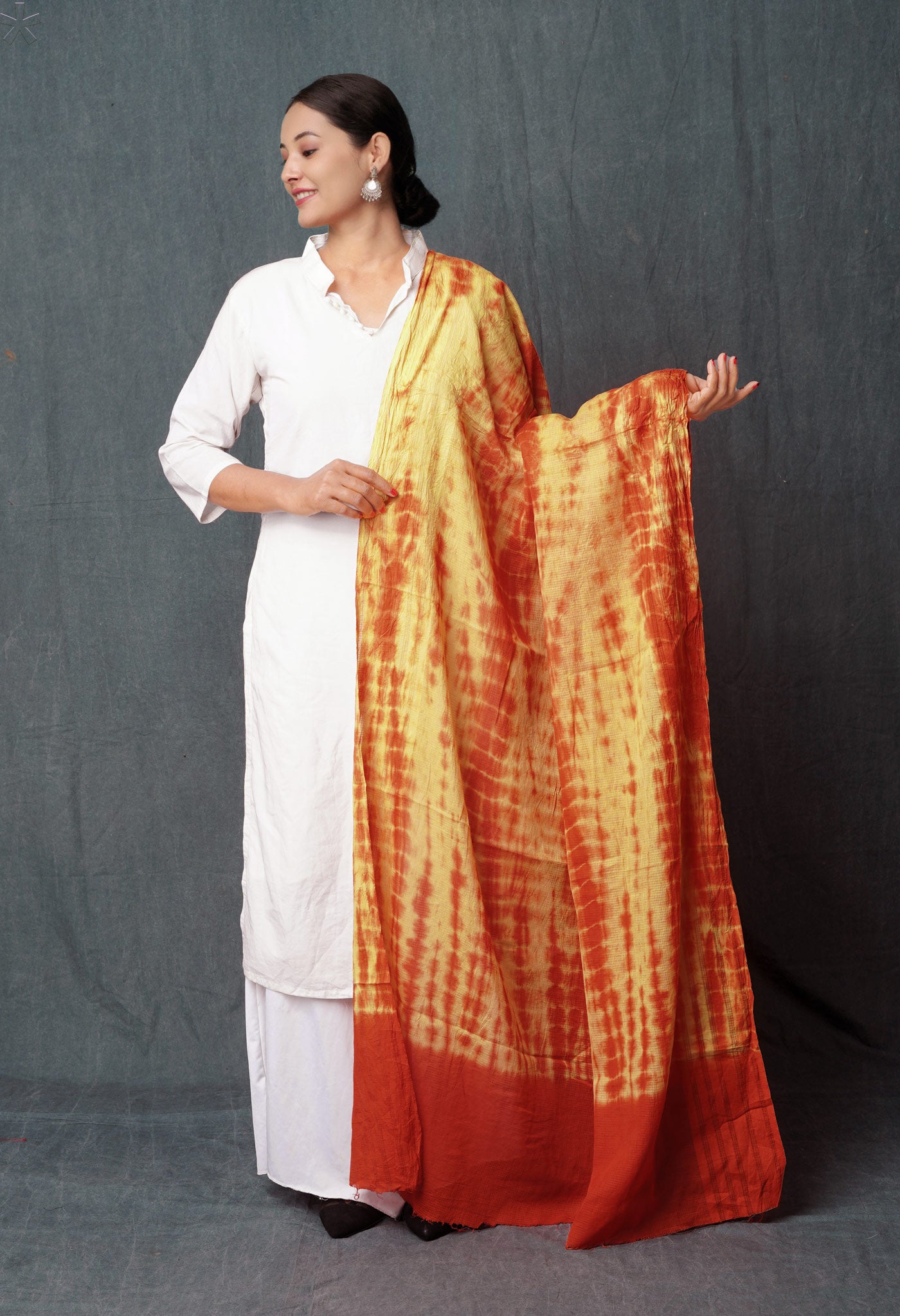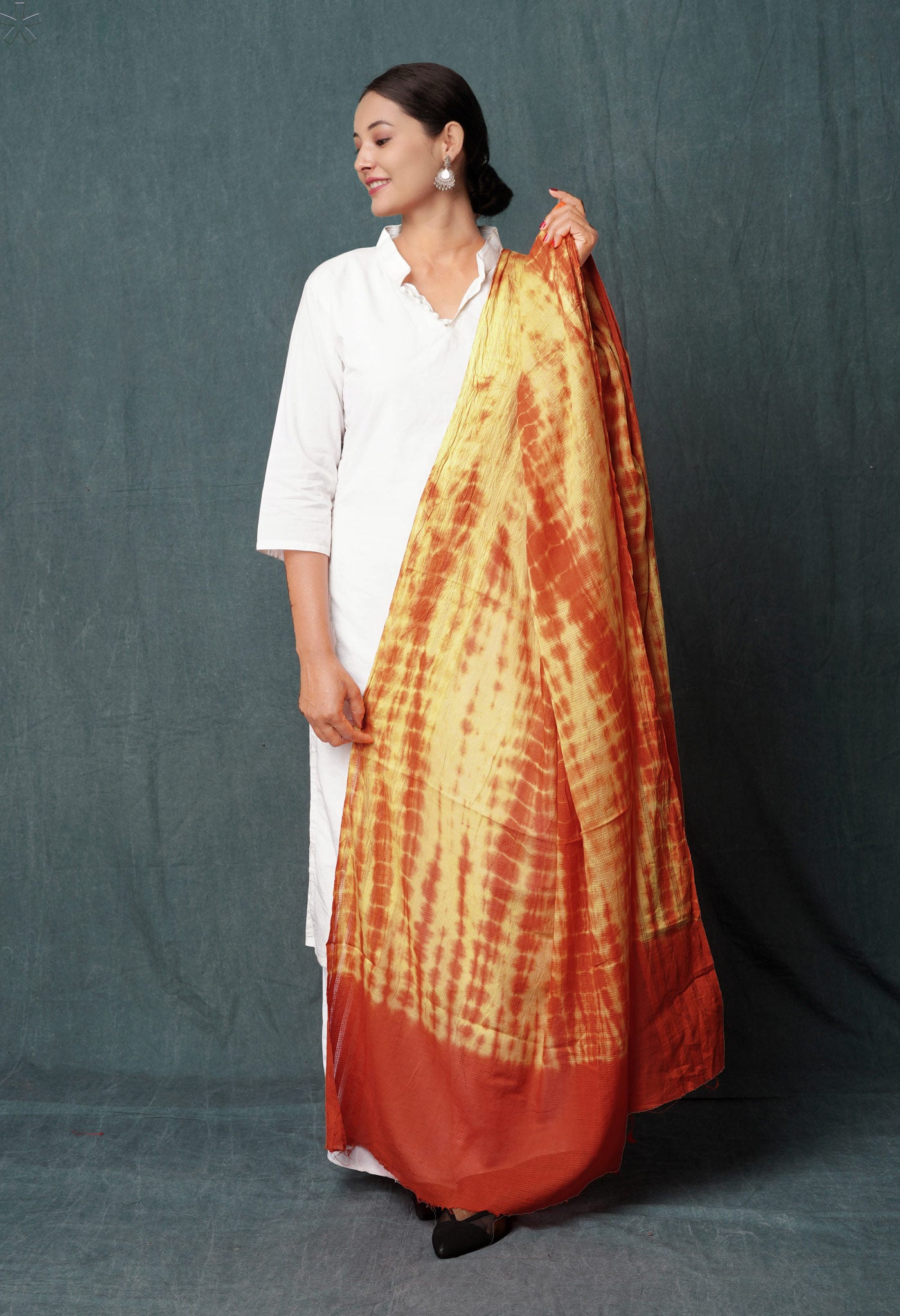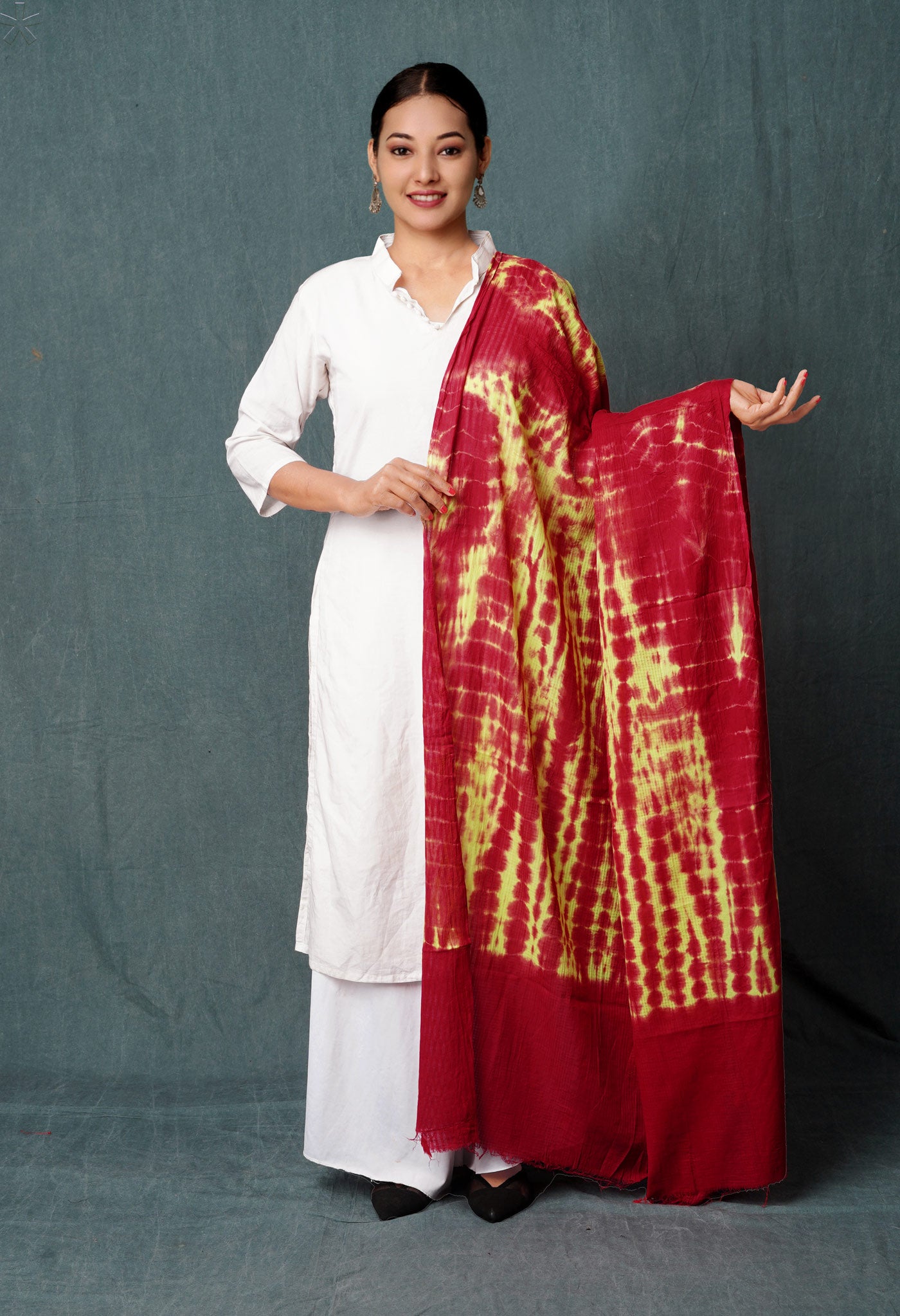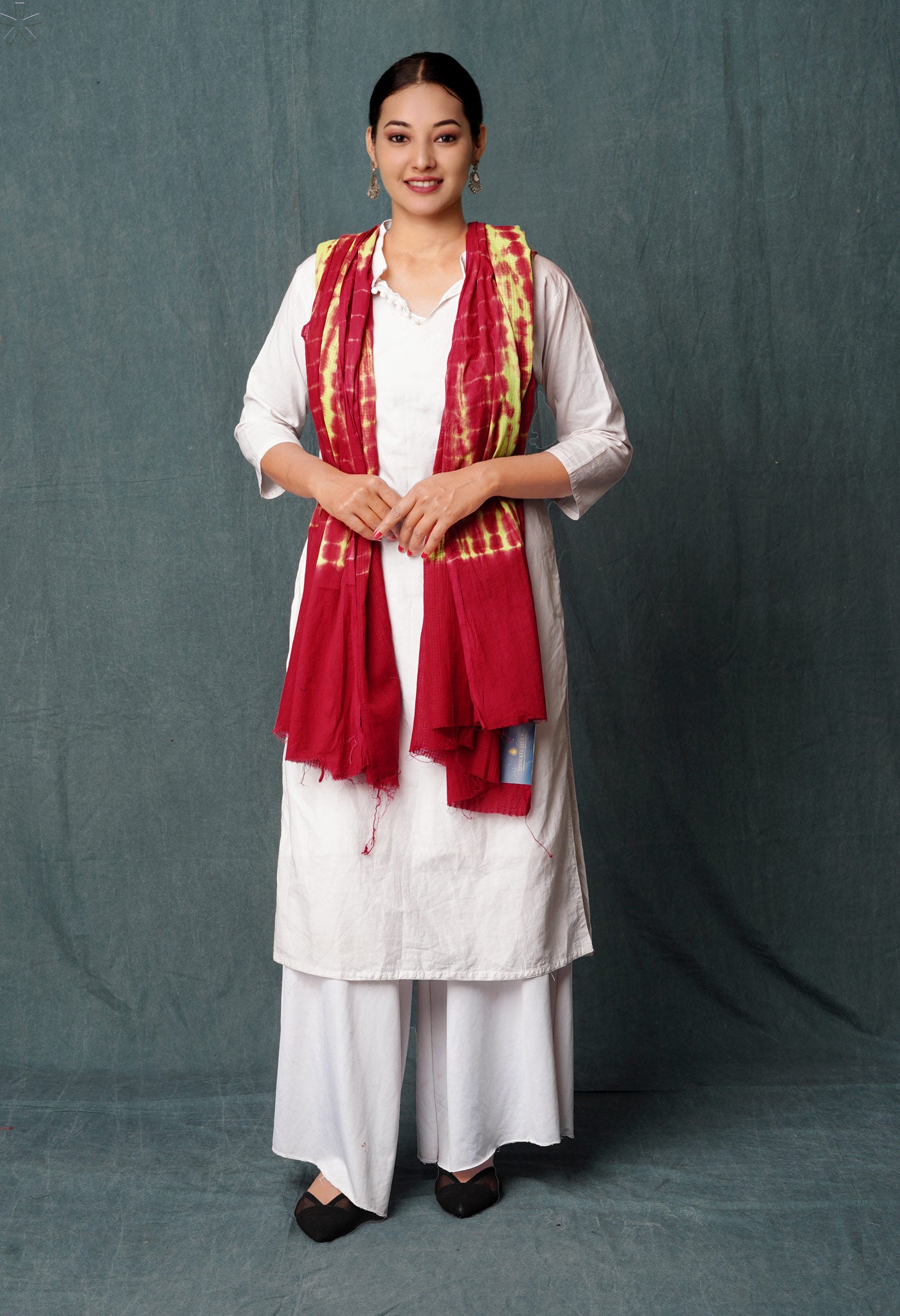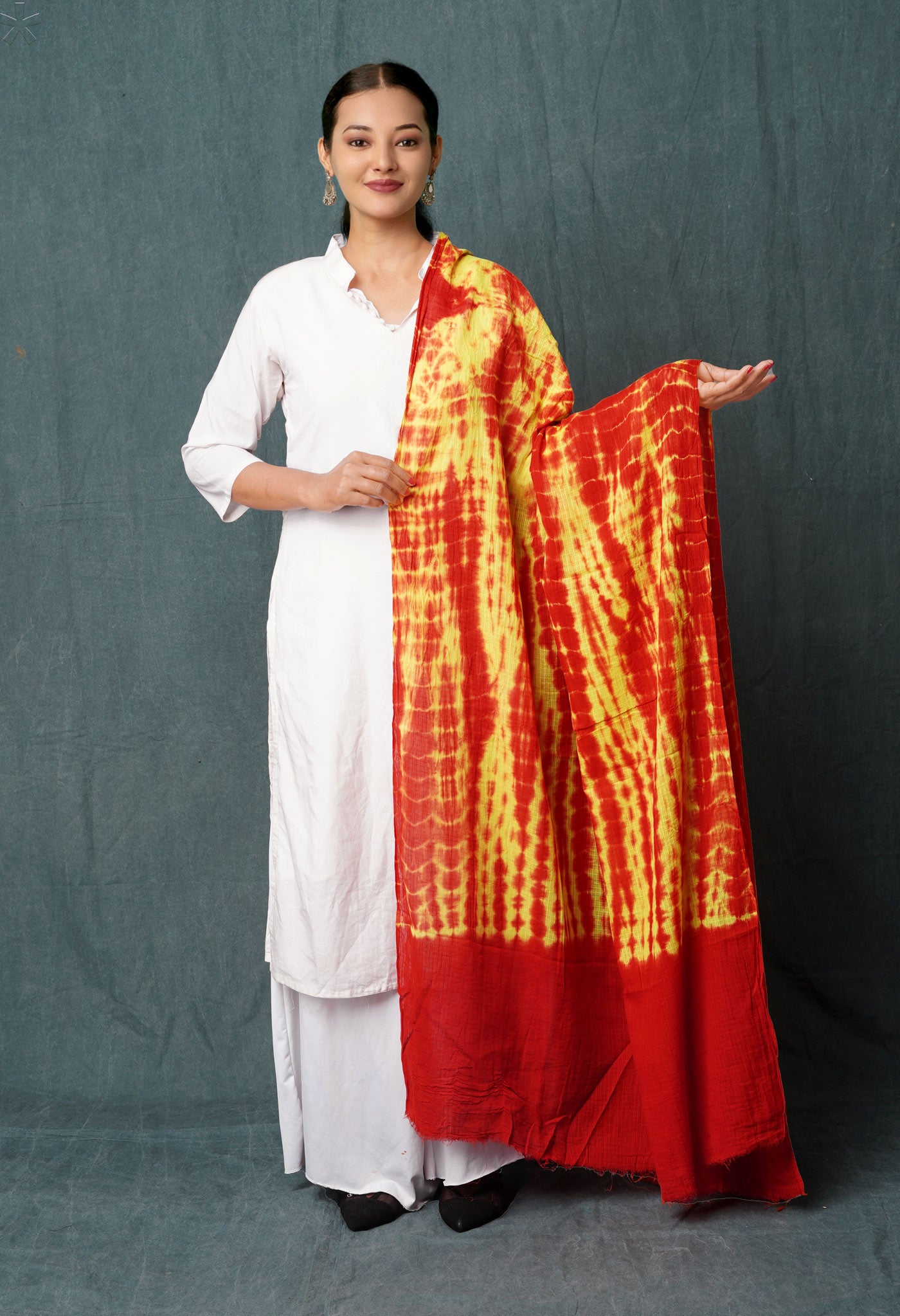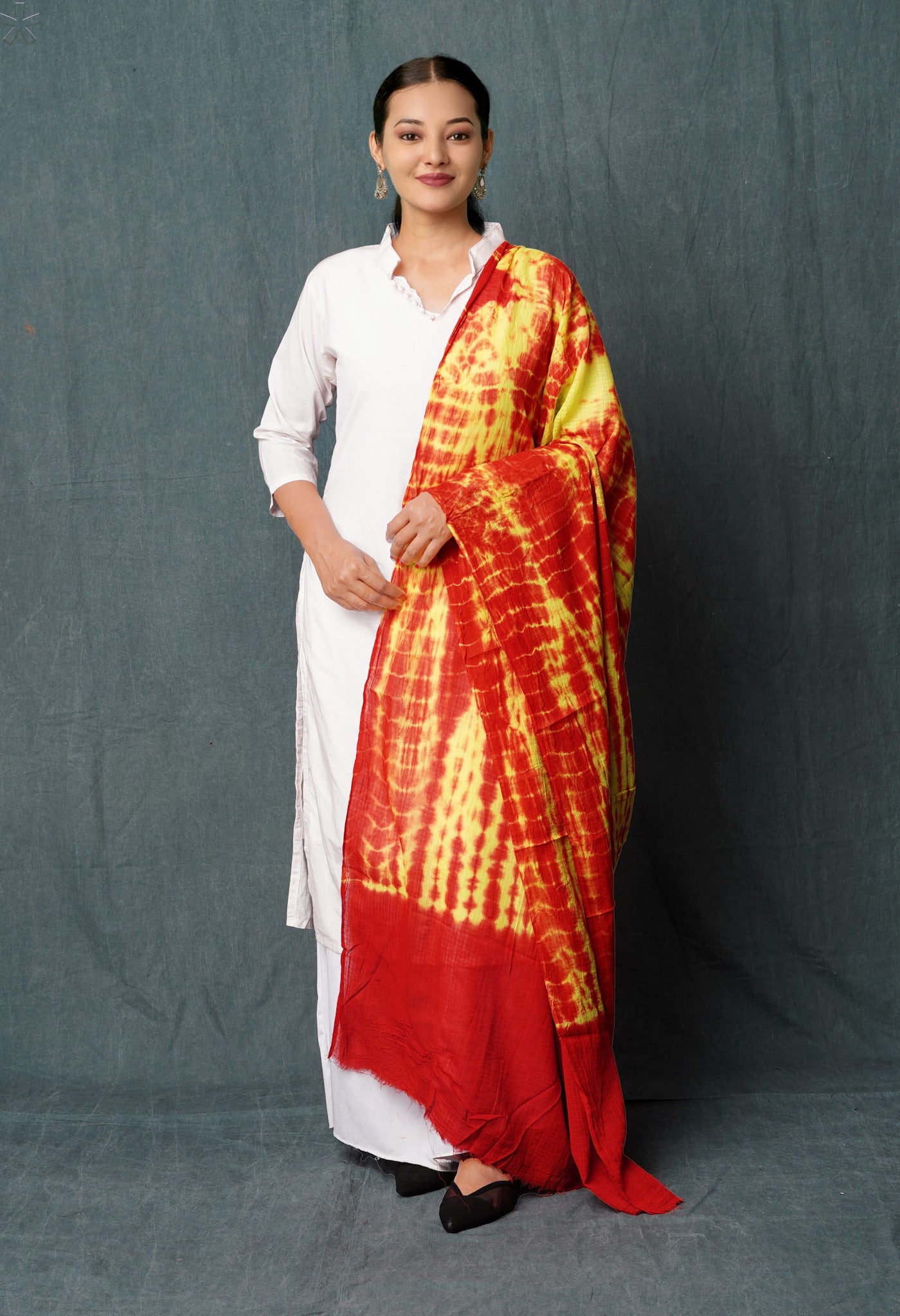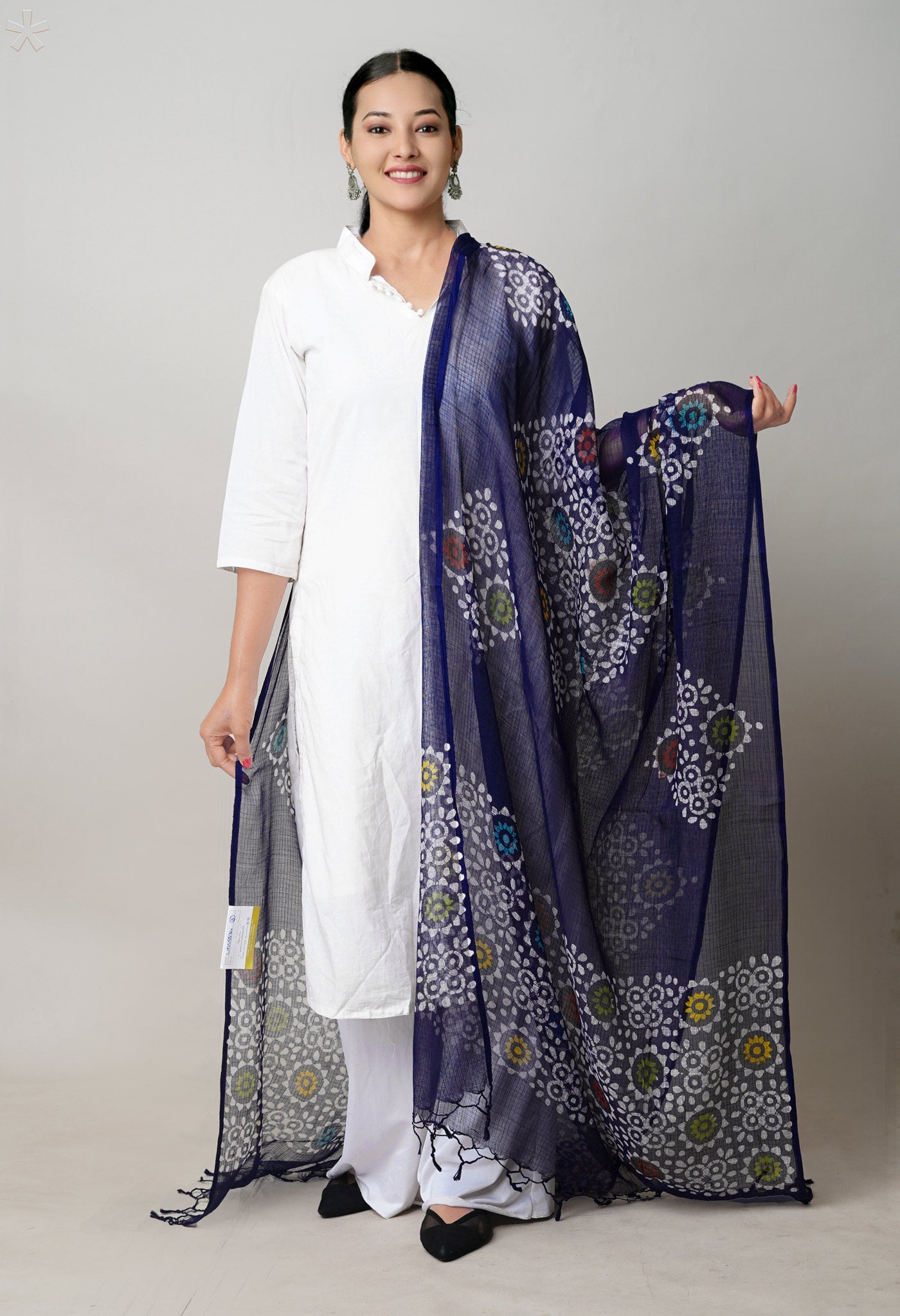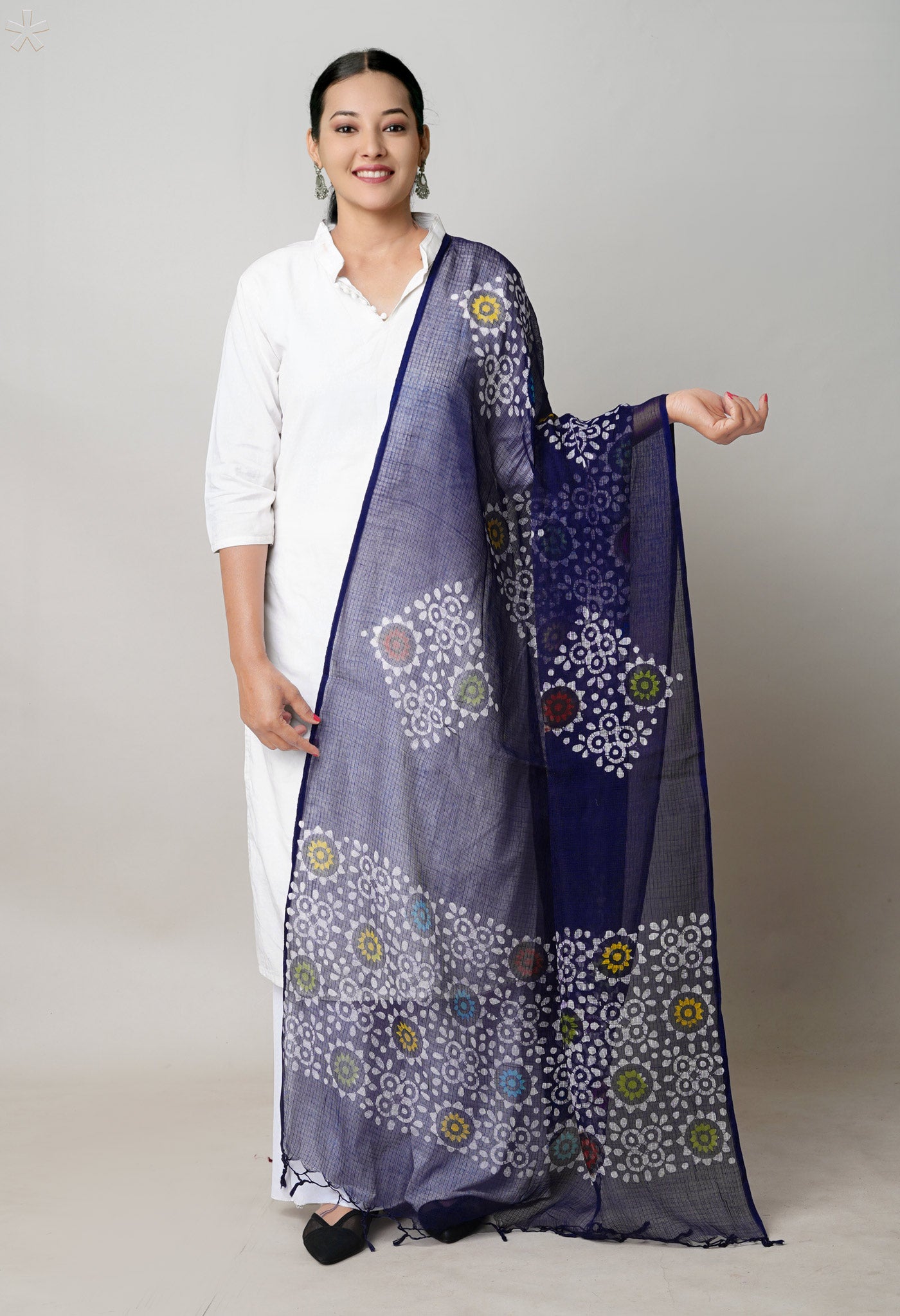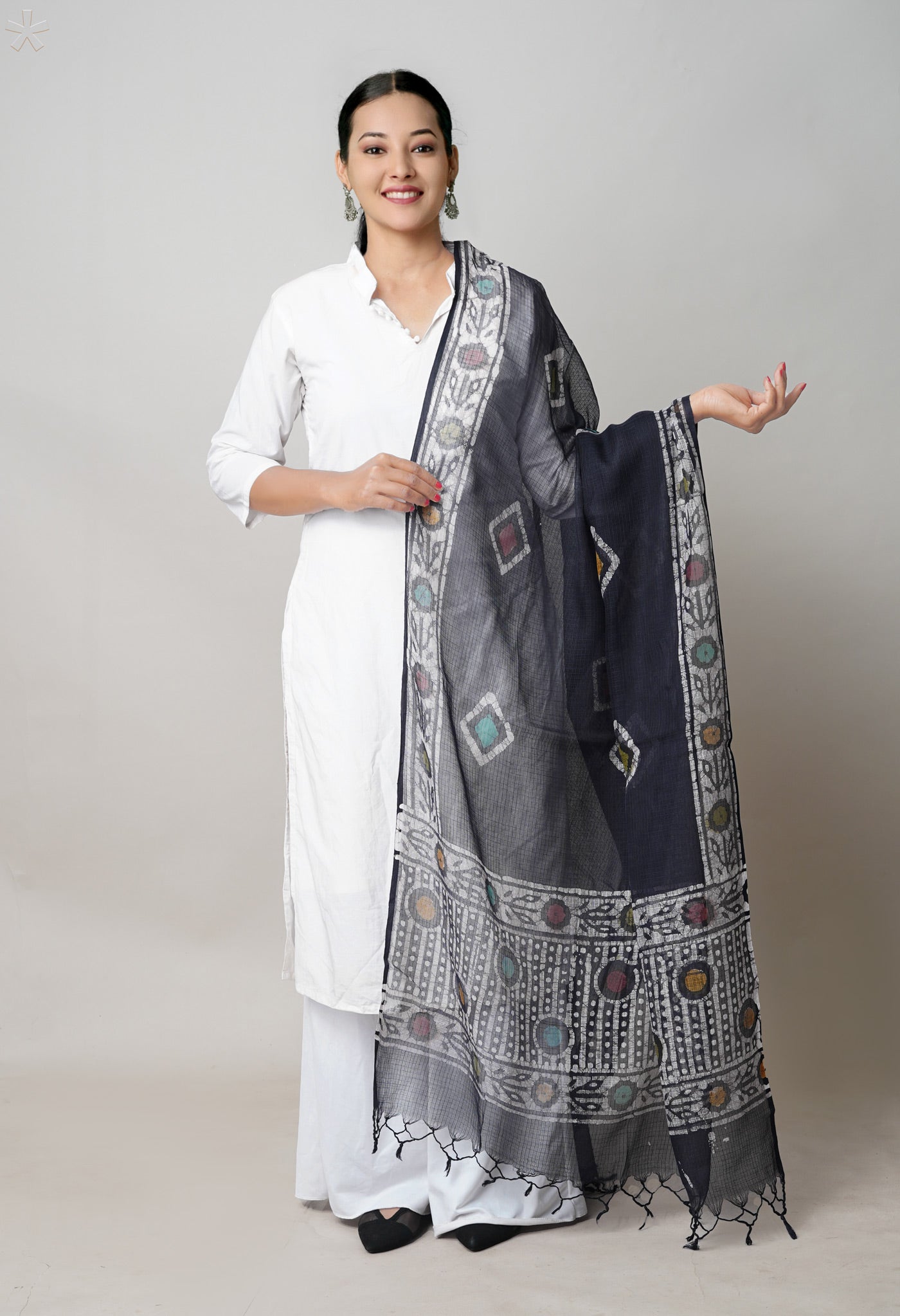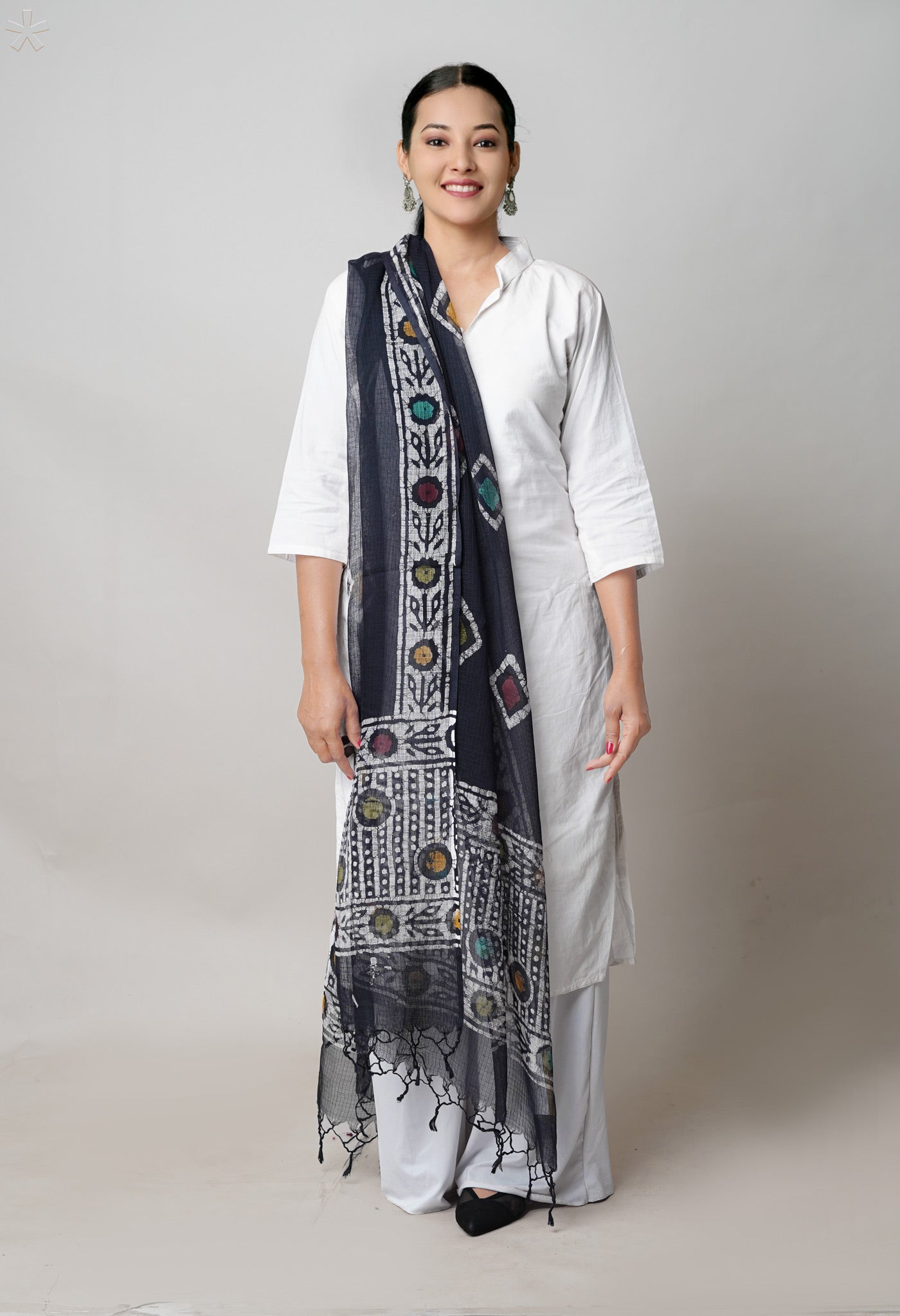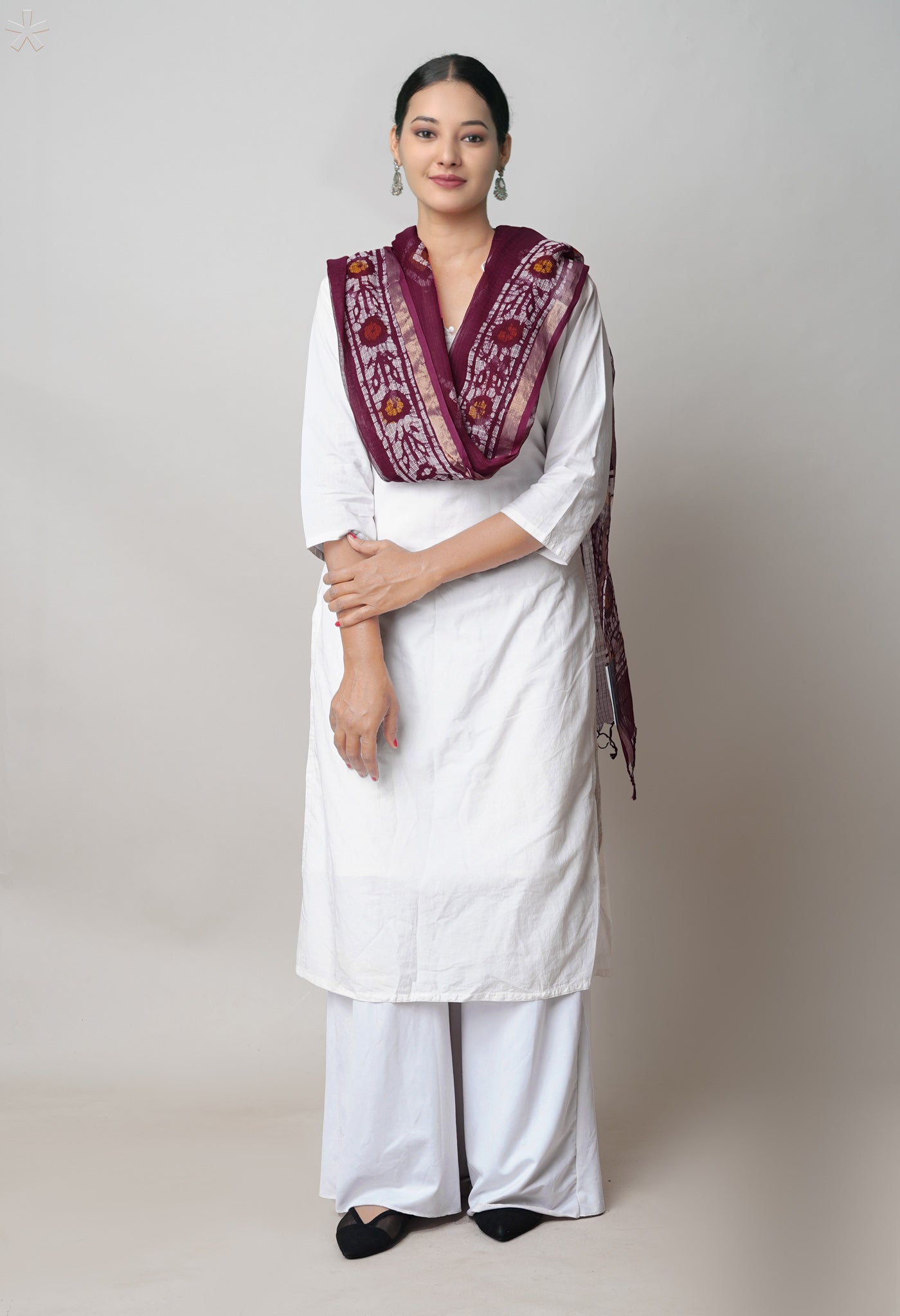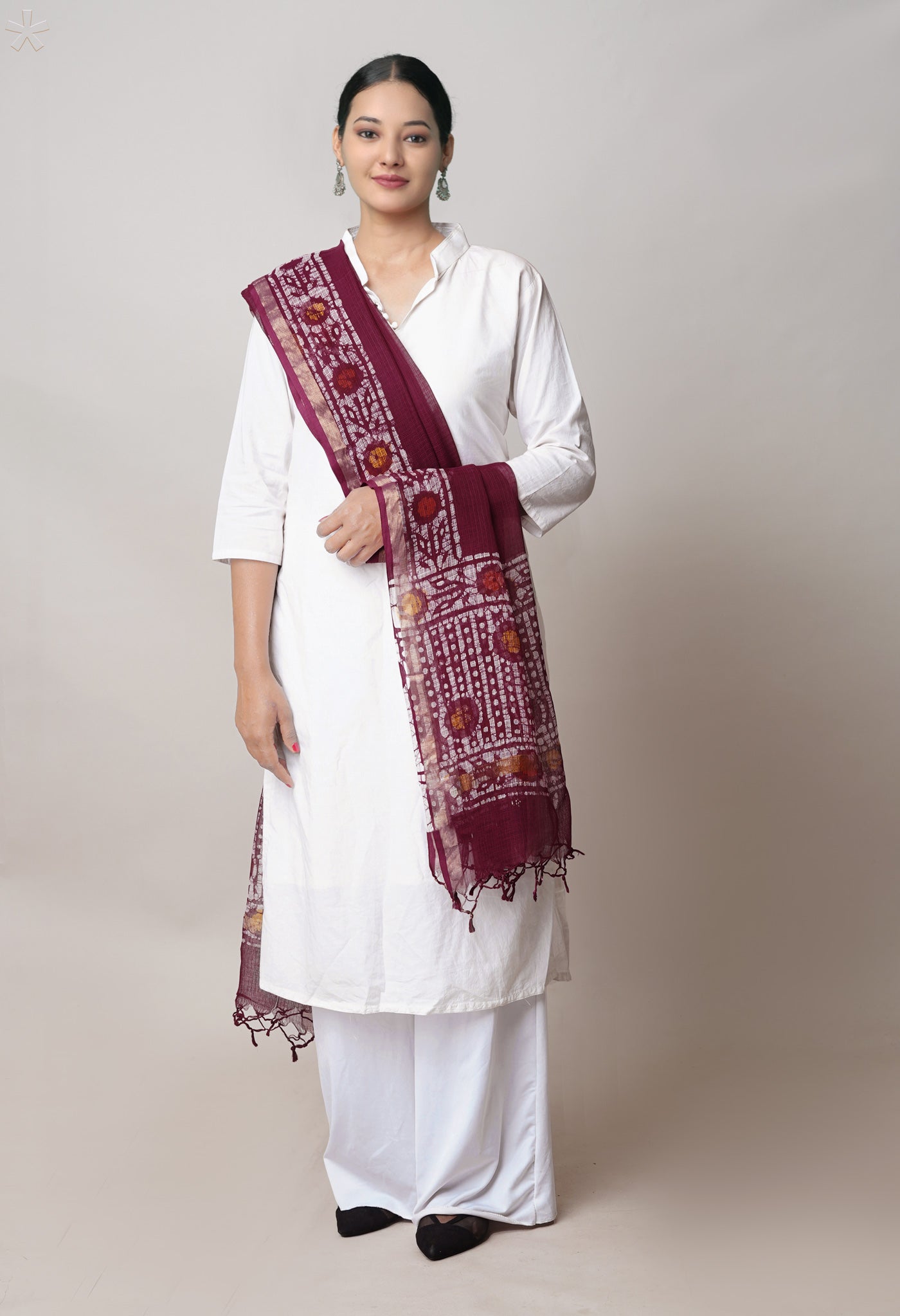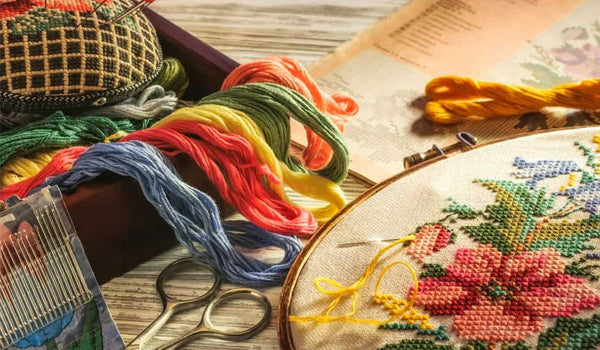
Counted Thread Embroidery – technique in thread work akin to an art
What is embroidery?
Embroidery is the craft of decorating fabric or other materials using a needle to apply thread or yarn. By the way, a craft or trade is a pastime or a profession that requires particular skills and knowledge of skilled work.

What else can be included in embroidery?
Embroidery is essentially about adorning and for embellishing fabrics, Embroidery may also incorporate other materials such as pearls, beads, quills, and sequins. Embroidery is available with a wide variety of thread or yarn color.
What are the stitches employed in embroidery?
Some of the basic techniques or stitches of the earliest embroidery are chain stitch, buttonhole or blanket stitch, running stitch, satin stitch, cross stitch. Those stitches remain the fundamental techniques of hand embroidery today.
What is Counted thread embroidery?
Counted-thread embroidery is any embroidery in which the fabric threads are counted by the embroiderer before inserting the needle into the fabric. Even-weave fabric is usually used; it produces a symmetrical image as both warp and weft fabric threads are evenly spaced.

What is even-weave fabric or canvas?
Even-weave fabric or canvas is any woven textile where the warp and weft threads are of the same size. Canvas is a popular base fabric for embroidery such as cross-stitch and Berlin wool work.
Could you explain for beginners the terms warp and weft?
Warp and weft are the two basic components used in weaving to turn thread or yarn into fabric. The lengthwise or longitudinal warp yarns are held stationary in tension on a frame or loom while the transverse weft (sometimes woof) is drawn through and inserted over-and-under the warp. A single thread of the weft crossing the warp is called a pick. Each individual warp thread in a fabric is called a warp end or end.

Coming back to embroidery, can you tell about the cross-stitch that is a popular form?
Cross-stitch is a form of sewing and a popular form of counted-thread embroidery in which X-shaped stitches in a tiled, raster-like pattern are used to form a picture. The one who stitches counts the threads on a piece of even-weave fabric (such as linen) in each direction so that the stitches are of uniform size and appearance. This form of cross-stitch is also called counted cross-stitch in order to distinguish it from other forms of cross-stitch.

In addition?
Sometimes cross-stitch is done on designs printed on the fabric (stamped cross-stitch); the person stitching simply stitches over the printed pattern. Cross-stitch is also executed on easily countable fabric called Aida cloth but the threads are not actually counted.
Is Aida a special cloth?
Yes. Aida cloth (sometimes called Java canvas) is an open, even-weave fabric traditionally used for cross-stitch embroidery. This cotton fabric has a natural mesh that facilitates cross-stitching and enough natural stiffness that the crafter does not need to use an embroidery hoop.
For the uninitiated, Embroidery hoops and frames are tools used to keep fabric taut while working embroidery or other forms of needlework.

And what is Berlin wool work, the other form of popular embroidery?
Berlin wool work is a style of embroidery similar to today's needlepoint. It was typically executed with wool yarn on canvas. It is usually worked in a single stitch, such as cross stitch or tent stitch.
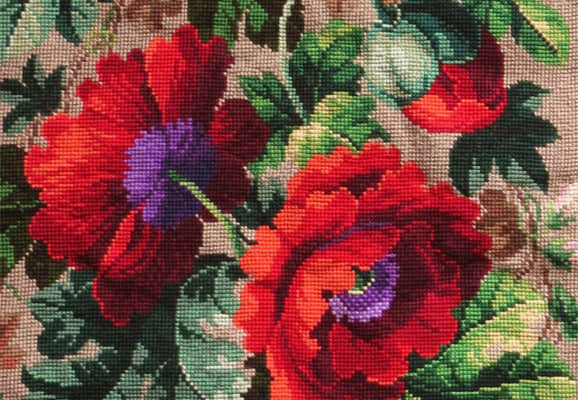
So what then is the Needlepoint of today?
Needlepoint is a form of counted thread embroidery in which yarn is stitched through a stiff open weave canvas. Traditionally needlepoint designs completely cover the canvas. Although needlepoint may be worked in a variety of stitches, many needlepoint designs use only a simple tent stitch and rely upon color changes in the yarn to construct the pattern.
The degree of detail in needlepoint depends on the thread count of the underlying mesh fabric. Needlepoint worked on a stiff canvas. Due to the inherent lack of suppleness of needlepoint, common uses include eyeglass cases, holiday ornaments, pillows, purses, upholstery, and wall hangings.

What is contrary to counted thread embroidery?
The opposite of counted-thread embroidery is free embroidery.
What are the known counted-thread embroidery techniques?
Among the counted-thread embroidery techniques are:
- Assisi - based on an ancient Italian needlework tradition in which the background is filled with embroidery stitches and the main motifs are outlined but not stitched.
- Bargello, or Florentine work - consisting of upright flat stitches laid in a mathematical pattern to create motifs.
- Blackwork - form of embroidery generally using black thread, although other colors are also used on occasion. Sometimes it is counted-thread embroidery which is usually stitched on even-weave fabric.
- Canvas work - in which yarn is stitched through a canvas or other foundation fabric.
- Cross-stitch - a popular form of counted-thread embroidery in which X-shaped stitches in a tiled, raster-like pattern are used to form a picture.
- Hardanger - form of embroidery traditionally worked with white thread on white even-weave linen or cloth, using counted thread and drawn thread work techniques. It is sometimes called whitework embroidery.
- Needlepoint - form of counted thread embroidery in which yarn is stitched through a stiff open weave canvas.
- Drawn thread work - form of counted-thread embroidery based on removing threads from the warp and/or the weft of a piece of even-weave fabric. The remaining threads are grouped or bundled together into a variety of patterns.

What is Pulled Thread Embroidery?
Pulled thread Embroidery work is a counted thread whitework embroidery technique mostly worked on loosely woven fabric. In Pulled thread work, holes are made on the fabric surface, by pulling the thread stitched onto the fabric in different filling embroidery stitches. This work produces a fabric which looks like lace.
In essence Pulled Thread Embroidery is a form of white work that does not involve cutting the fabric threads. Instead tension is used when working the stitches to draw the fabric threads together to produce a lacy effect.

What is distinguishable in Pulled Thread Embroidery?
In this work, no thread is cut away or drawn, as in drawn thread embroidery. The thread is simply pulled hard as the stitches are made in a pattern. The lacy effect of this work makes it a favorite for decorating household linen-like napkins, lingerie as well as scarves
What is the fabric best suited for Pulled Thread Embroidery?
This is a work best done on loosely woven fabrics, which can be pulled easily. You can use medium weave fabric as well; as long as the pulled thread work shows clear attractive holes without any puckering or unevenness. Loosely woven Linen is a favorite choice for doing this work.
What is the thread used?
The color of the thread used in this work is usually the same as the background fabric. Traditionally it is worked white on white. Pearl cotton thread is preferred because it is stronger to withstand the tension of pulling the threads. A tapestry needle is used.
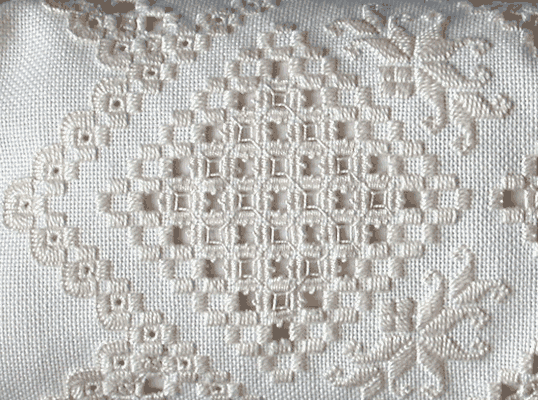
What points should be borne in mind?
- Here, the pattern made by the holes is more important, so instead of a contrasting colored thread which will stand apart, a self-colored thread is preferred. Finding the same shade as the fabric would make one realize that the holes form a lacy pattern, which is what the embroidery is all about.
- The pulled thread stitch can be worked as a border stitch or as a filling stitch. But usually, it is used as a filling stitch. An outline stitch is made first and then the filling is done. The outline is done in a thicker thread; any braided stitch can be worked as a border stitch.
- For the filling stitches, you can thread your thick needle with three strands of embroidery thread. Do not start the stitching with a knot as this could end up on the top of the fabric through the holes. Start from elsewhere and carry on to the design.
- Unlike normal needlework, in pulled work the stitches themselves are not always meant to be seen. Instead the holes or perforations caused by the movement of the fabric threads create the pattern. For this reason the best results are obtained by using the same coloured threads and fabric.
- Another benefit of using the same colour thread is that any traveling stitches, taken to keep the pull on a stitch when moving to a different row, are not visible.
- Because of the tension required, stranded embroidery floss is not the ideal thread to use as it can break; pearl cotton or crochet cotton are more suited.
- If you don't have any suitable thread, you can always use the fabric itself! Just unravel threads from the edge of a spare piece of fabric (don't use the project piece or it may not be big enough when you are finished) and stitch with them. Of course the thickness of thread and the colour will match exactly!
- Try to use a loosely woven embroidery fabric for pulled thread embroidery rather than a close weave. The patterns will show up better. Historical pieces were sometimes worked on 50 count fabric but it is more common to use 28-36 count nowadays.
- Working in an embroidery hoop or frame is recommended to help keep the un-stitched fabric threads lined up at right angles and clearly visible for counting. DO NOT stretch the fabric too tightly in the hoop, however.
- Starting and finishing your threads needs to be done with care as stray threads can show behind the openwork areas.

- One way to avoid this is by using the hoop to trapthe beginning of the thread so it can't accidentally be pulled out of the fabric when starting the stitching. To fasten off, release this thread later and carefully pass it through the solid areas where the threads have been pulled together on the back of the work.
- Composite stitches are built using two or more stitches, creating very pretty patterns. It is fun to use your imagination and creativity and discover pulled thread embroidery stitches that work well together.
What are the 5 basic stitches used in this work?
1 Pin stitch - This is a hemming stitch which is also a pulled thread stitch. This is usually made along the hem of napkins and other linen.

2 Four-sided stitch - This is the most commonly used filling stitch for pulled thread work. Just follow the picture below (stitch direction is as per the numbers) and you will be able to make the basic blocks of this four-sided stitch.

3 Three sided stitch - Another easy filling stitch. You can repeat the stitches on the same hole so that the effect is pronounced.
4 Window filling - This filling stitch uses a continuous zigzag stitch to make the pulled thread embroidery effect.
5 Eyelet Filling - This filling stitch is made by making cartwheel shapes. You will be making the cartwheel shapes in a continuous fashion throughout the fabric. Pull tightly and make very close spokes ( each of the bars connecting the centre of a wheel to its outer edge.) and you will get a more lacy effect

Chikankari work incorporates pulled thread embroidery as a major part of its designs.
Then what is the Drawn Thread Embroidery, the embroidery contrary to this?
Drawn thread work is a form of counted-thread embroidery based on removing threads from the warp and/or the weft of a piece of even-weave fabric. The remaining threads are grouped or bundled together into a variety of patterns. The more elaborate styles of drawn thread work use a variety of other stitches and techniques, but the drawn thread parts are their most distinctive element. Drawn thread embroidery, however, is where fabric threads are cut and withdrawn, leaving a hole.
What are the different types of Drawn Thread Embroidery?
Basic hem stitching
The most basic kind of drawn thread work is hem stitching. Drawn thread work is often used to decorate the trimmings of clothes or household linens. The border between hemstitching gone fancy and more elaborate styles of drawn thread work isn't always clear.
Needle-weaving
This relatively easy type of drawn thread work is created by weaving (or darning) the embroidering thread into the bare laid warp or weft threads to create patterns of light-colored threads and dark openings in the drawn-thread cloth. Needleweaving is most often used for decorative borders. It is nearly always used in combination with other types of embroidery stitches. Together they create a complete design and, historically, in ethnic embroidery, distinctive embroidery styles, also known as "needle-darning."
 Poltava-style drawn work
Poltava-style drawn work
The technique has its own descriptive name in the Ukrainian language, which might be translated into English as "layerings."
The technique for doing Poltava-style 'layerings'- merezhka basically involves withdrawing sets of parallel threads of weft while leaving others in place, then using the antique hem-stitch (called "prutyk") and this special "layerings" technique to create both the openwork 'net' and the design of embroidering threads upon the "withdrawn" part of cloth. The designs which can be created in this way can be simple and narrow, or as complex and wide (high) as any one-colored embroidery design.
 Other drawn-thread
Other drawn-thread
A form of double-drawn work, where both warp and weft are removed at regular intervals, consists of wrapping the remaining threads into "bundles", using embroidery thread to secure them, thus creating something similar to a net. Then embroidery threads are woven in patterns into that net using needle weaving or needle darning. The result is a pattern of the design in white (or colored, depending on ethnic region) embroidery on the "openwork" background of netted cloth.

